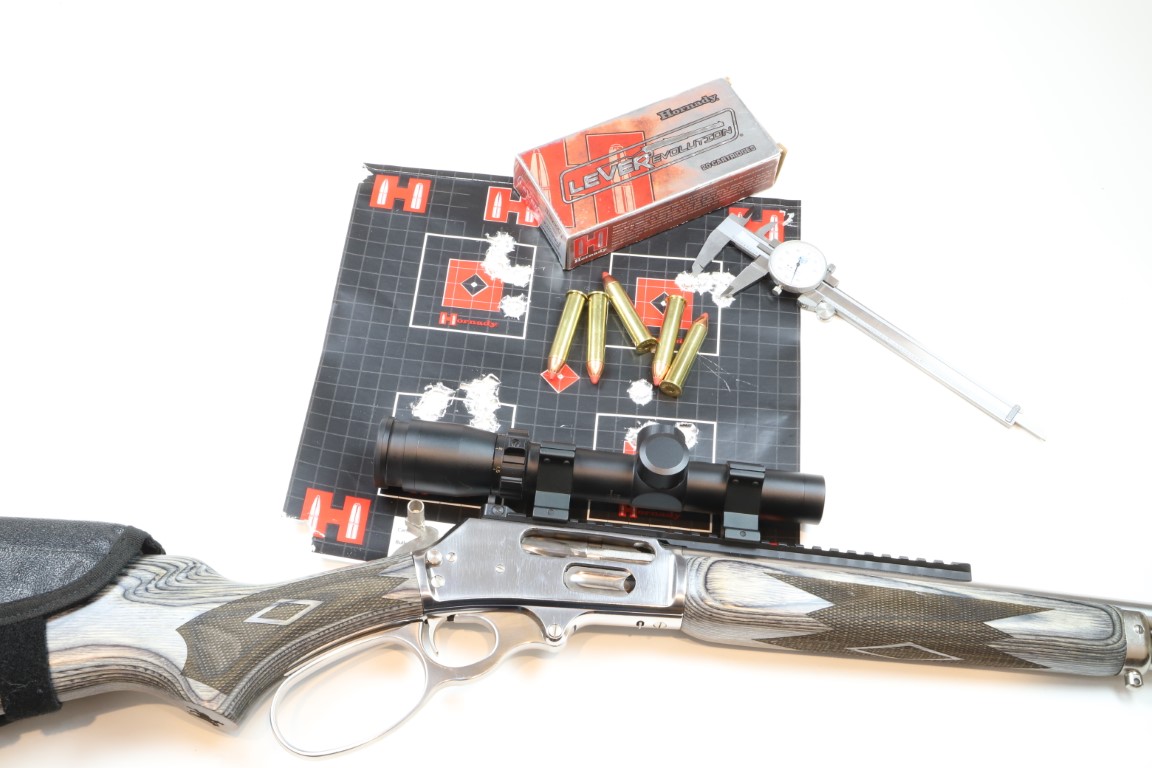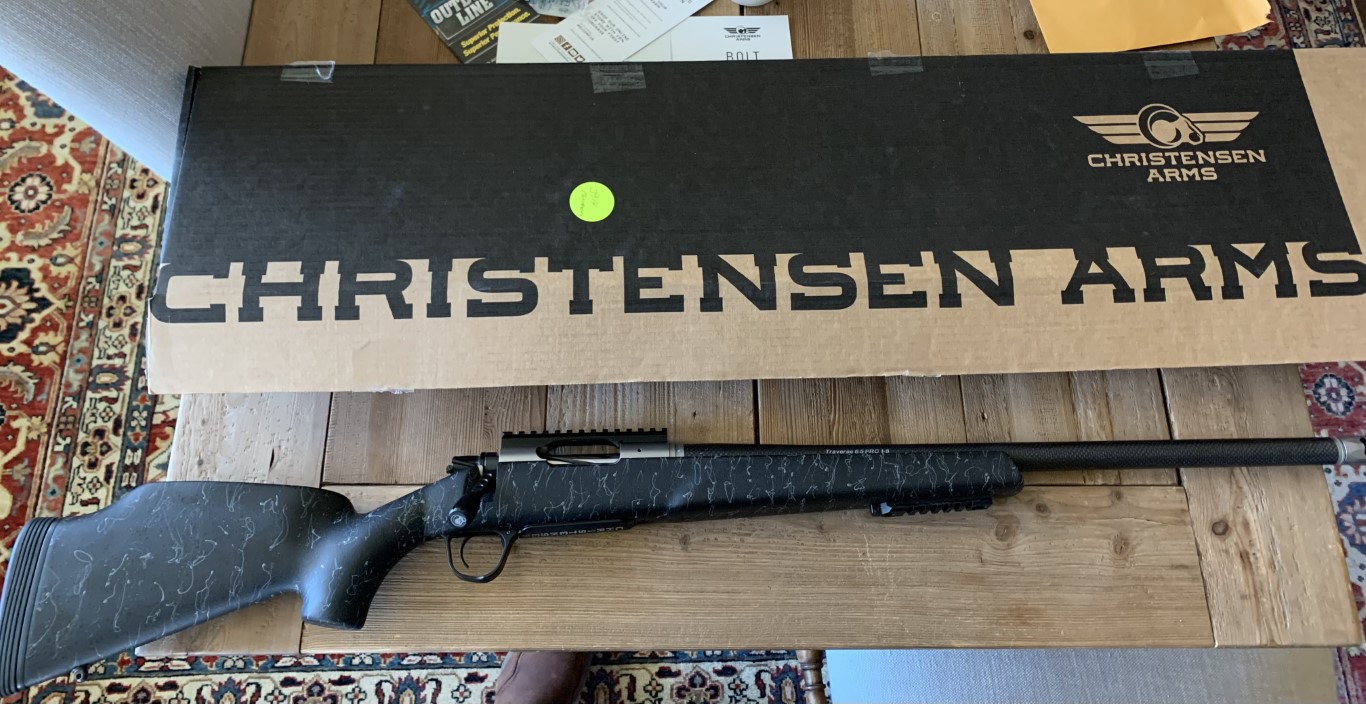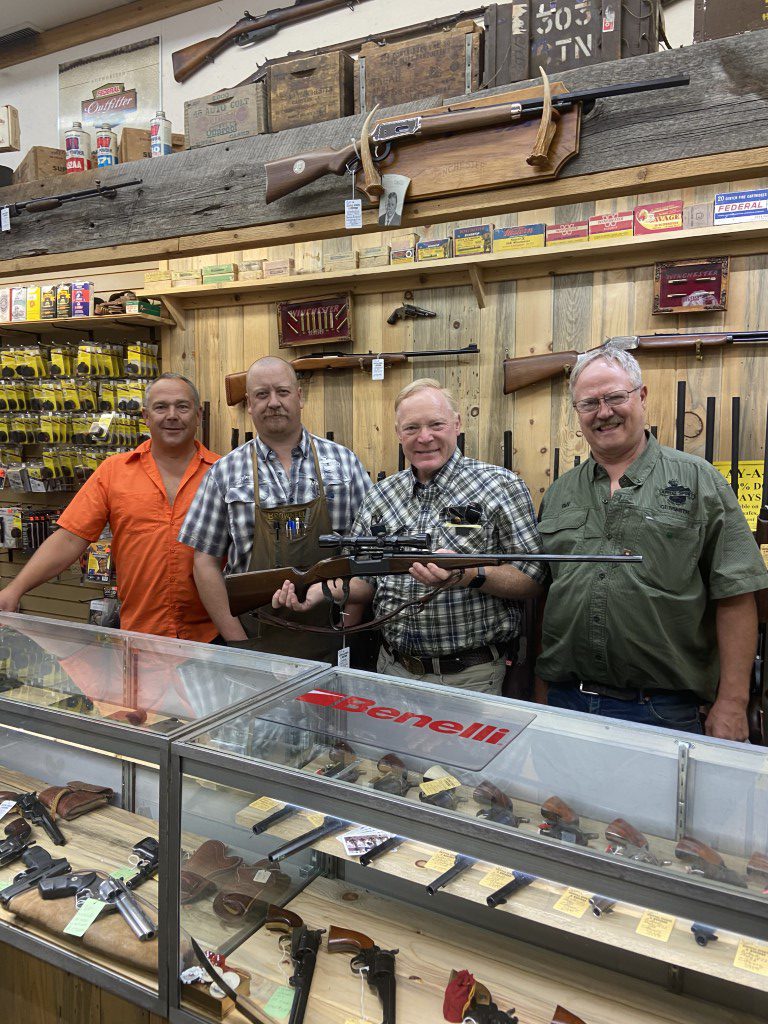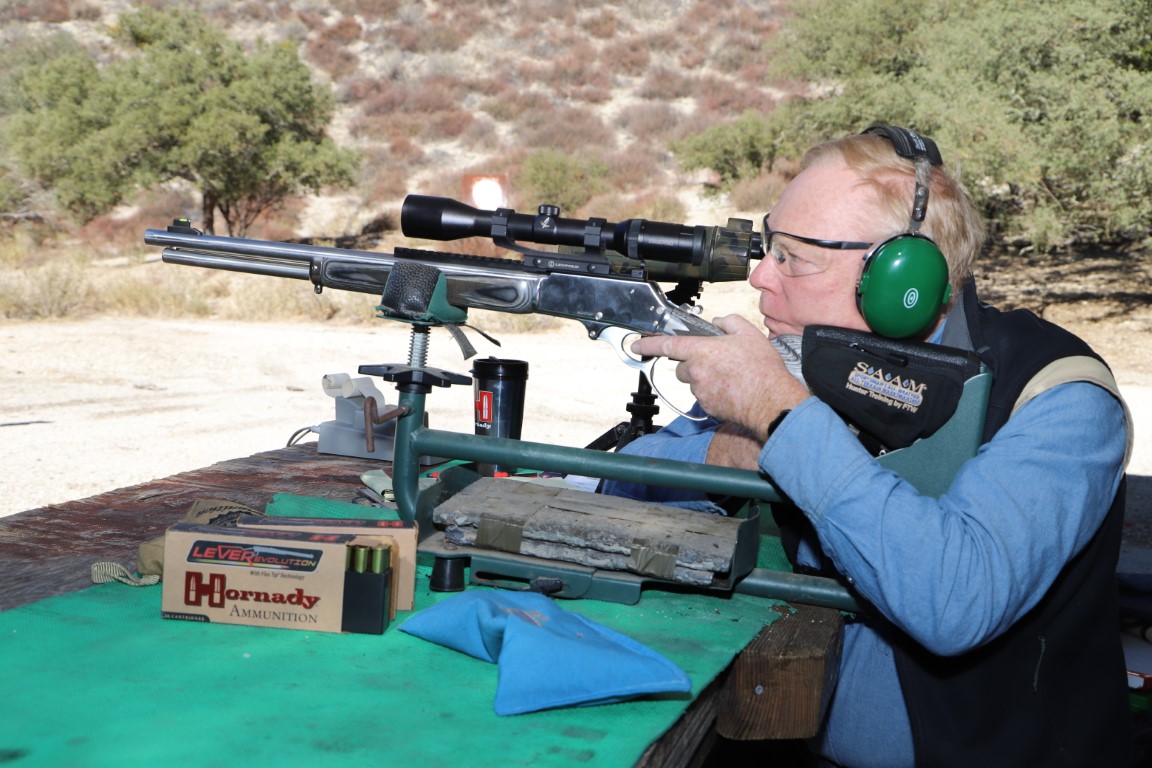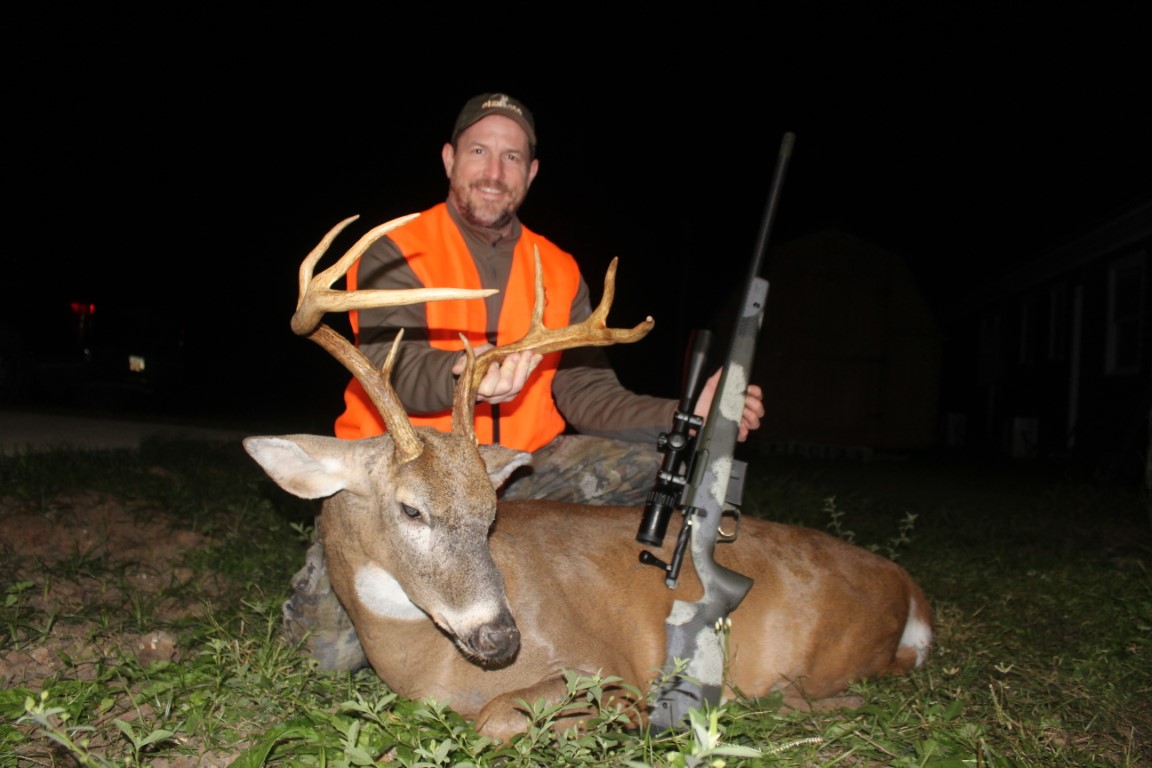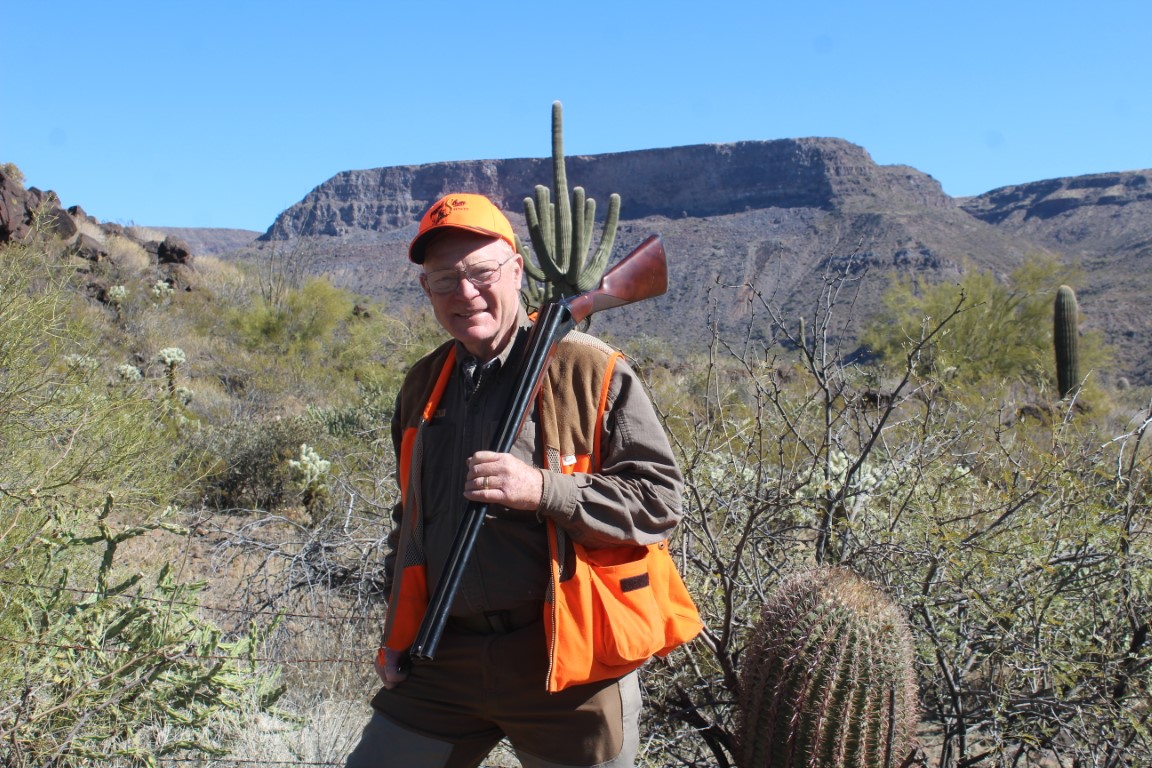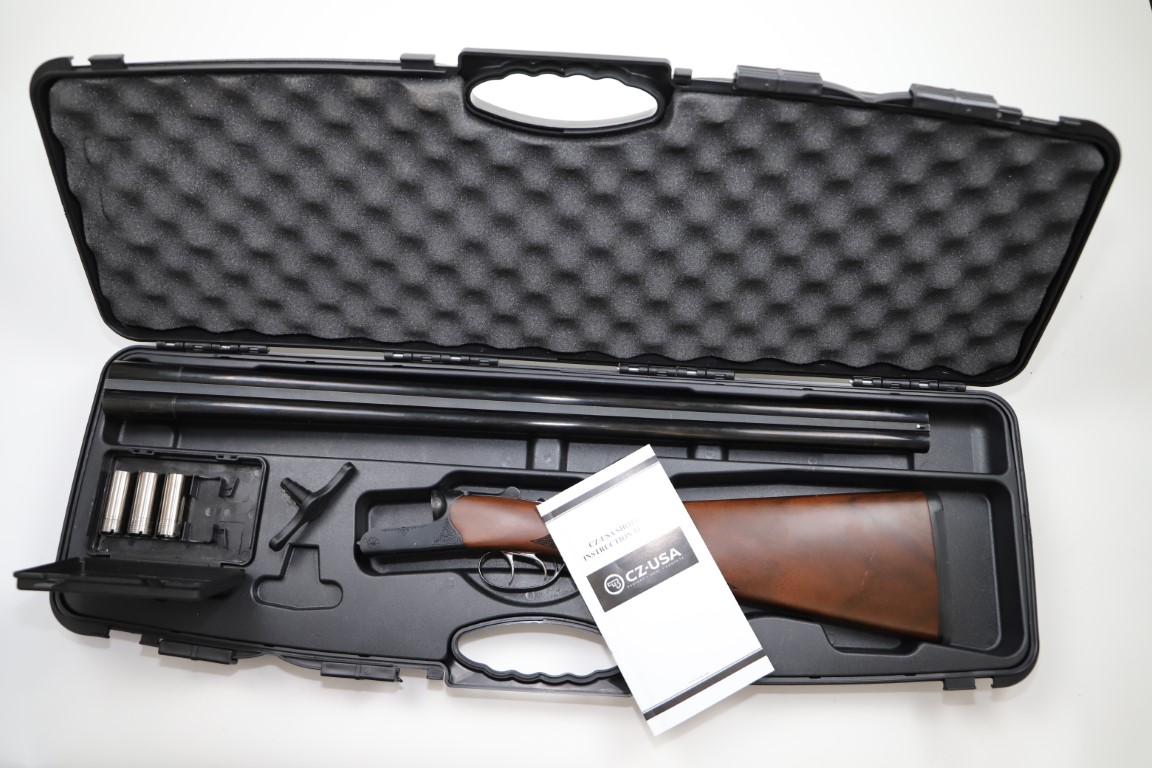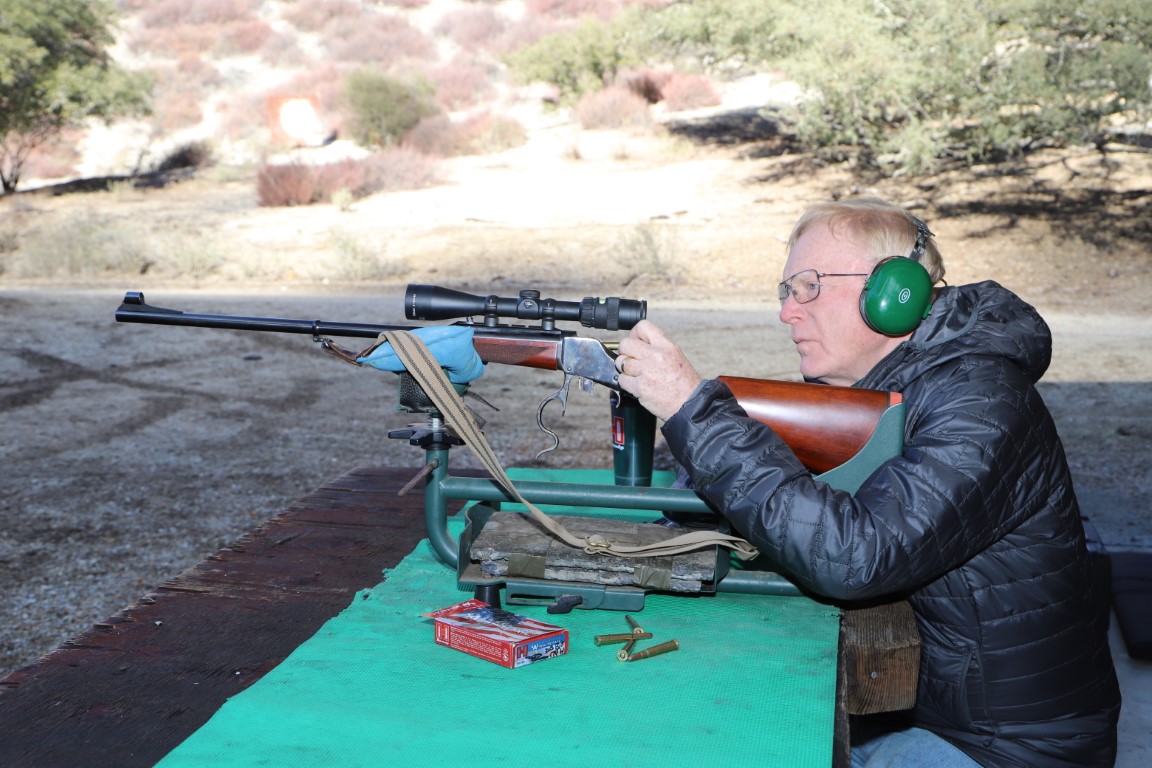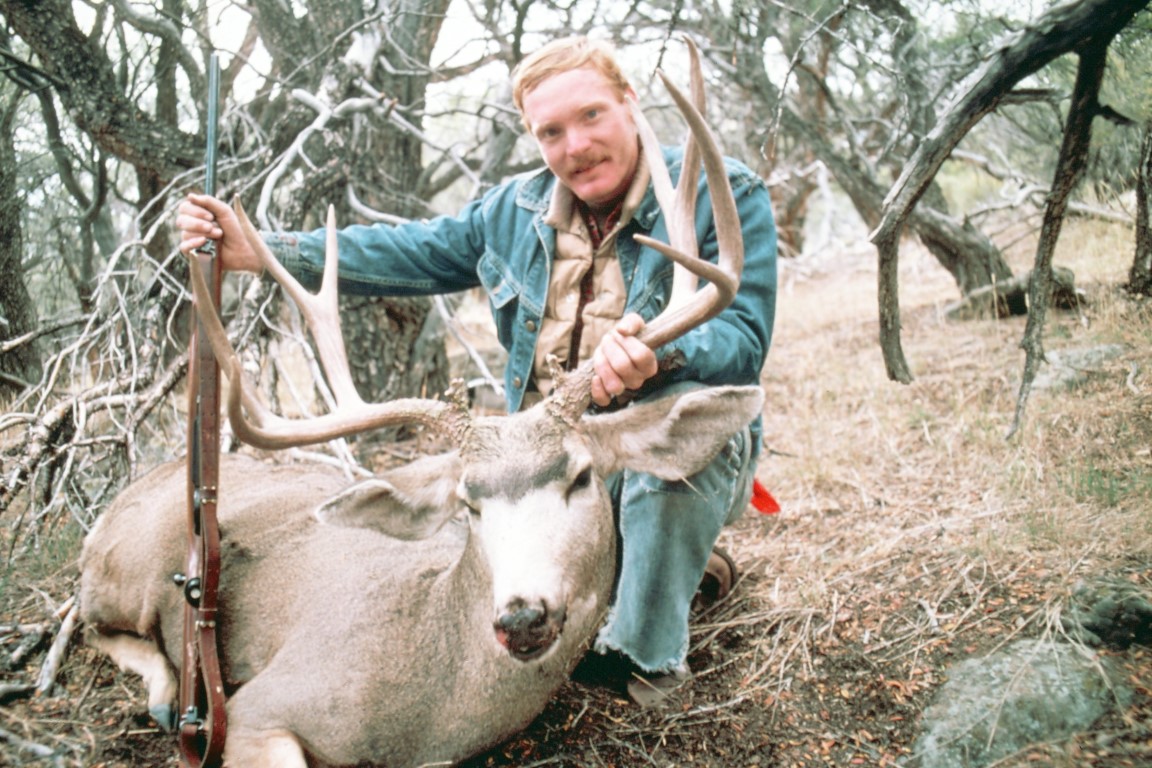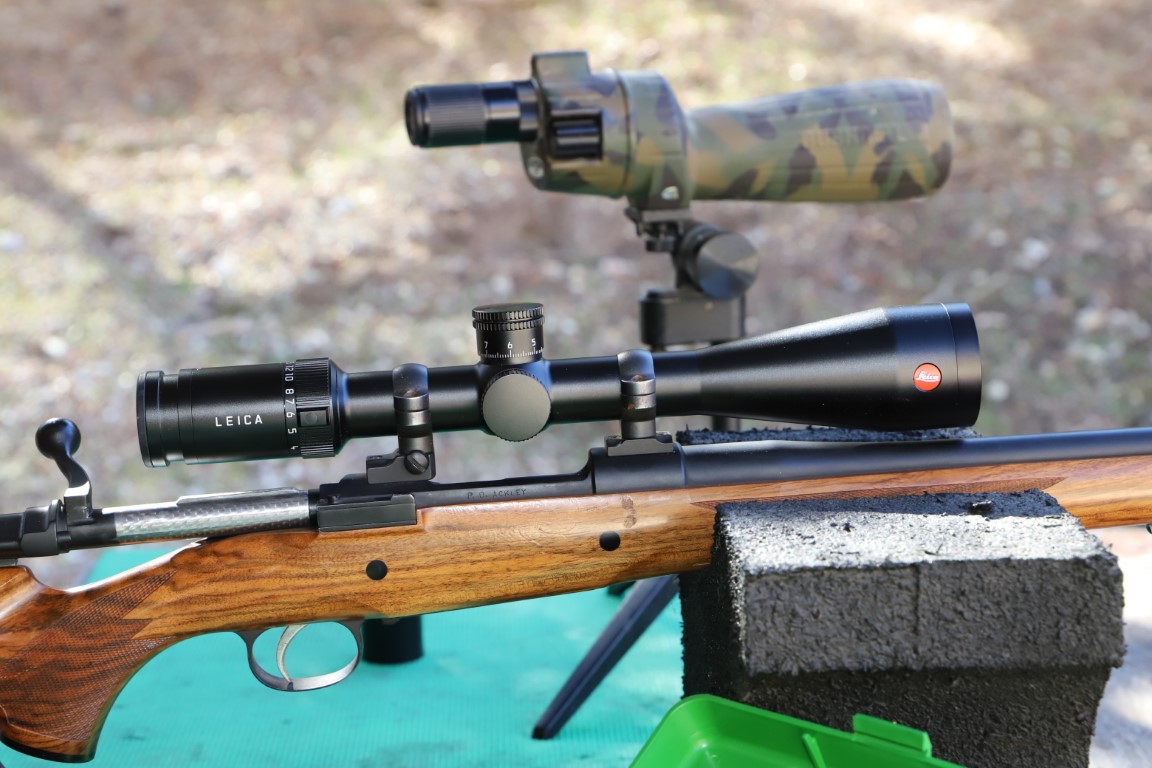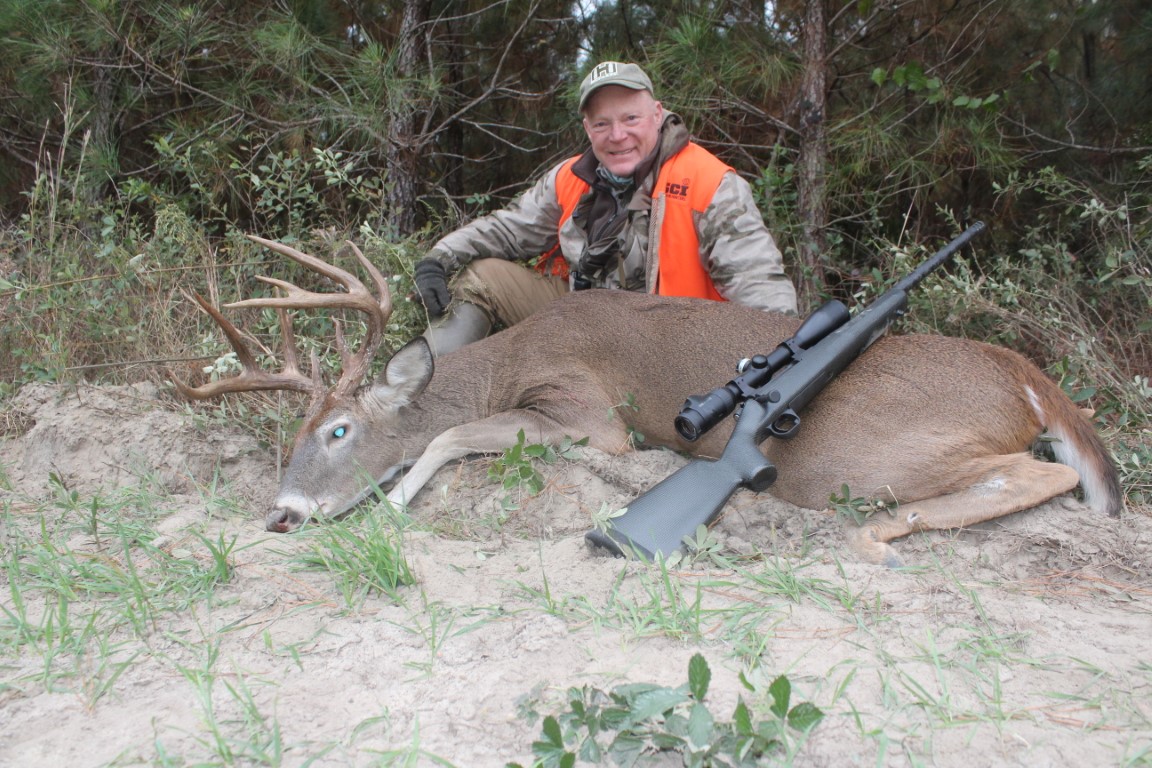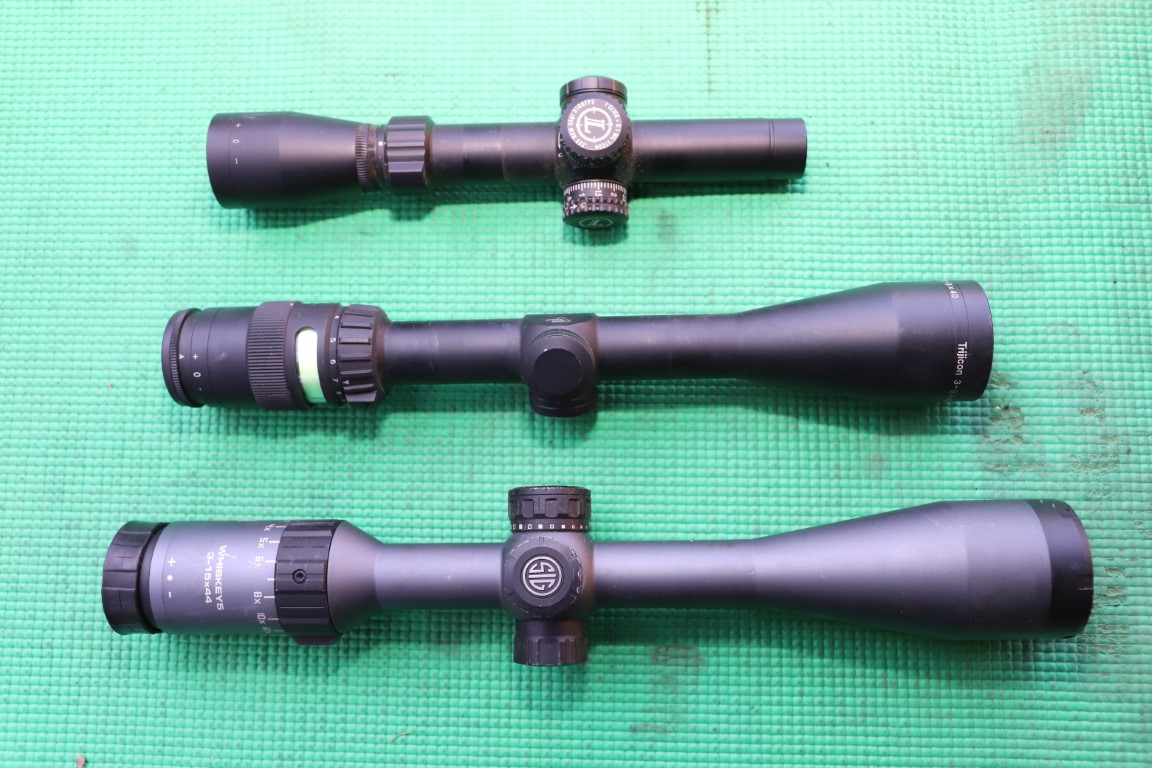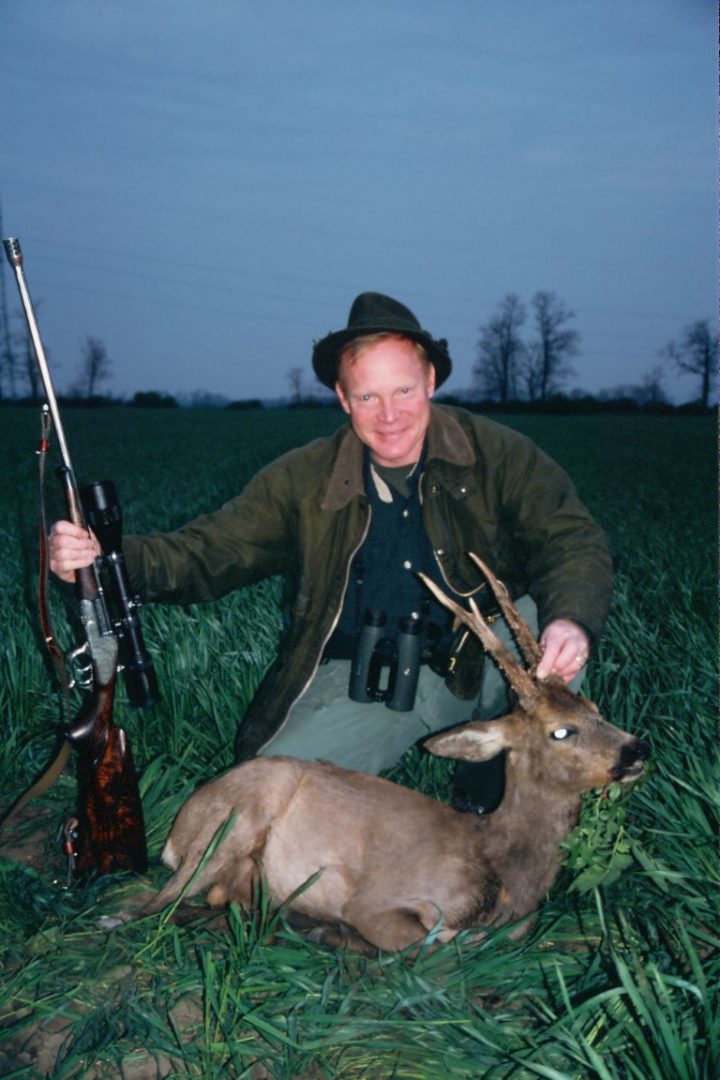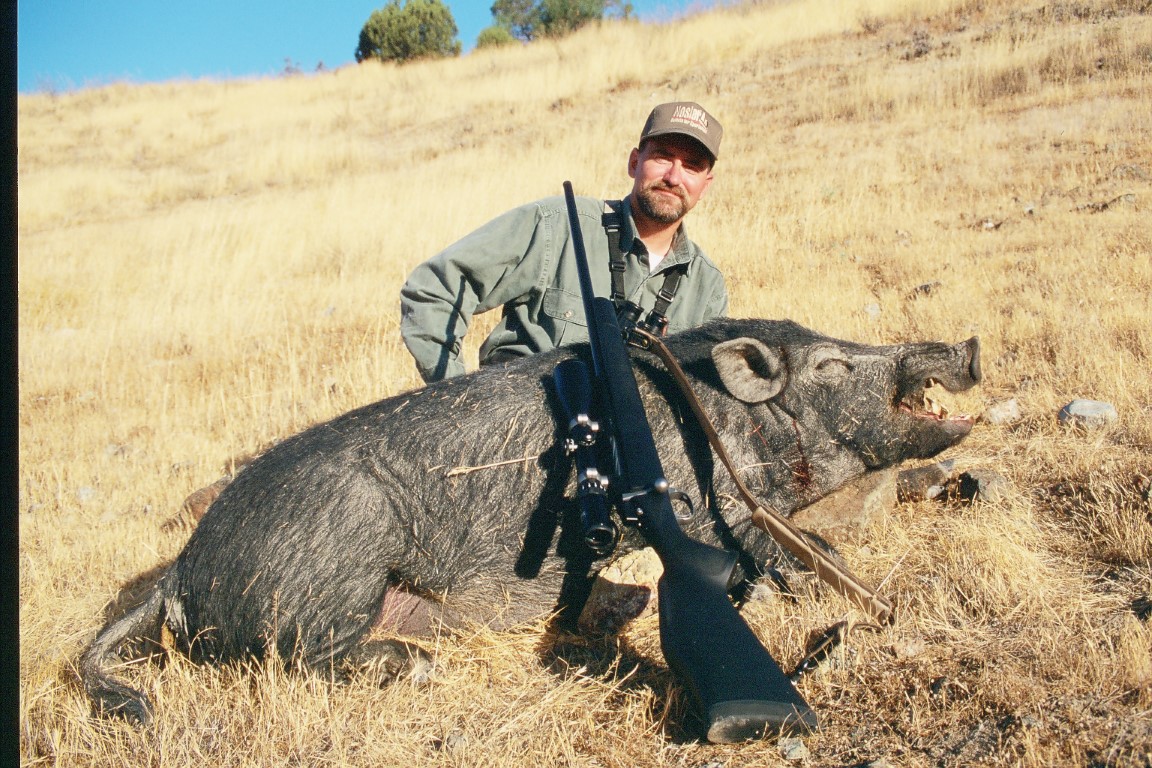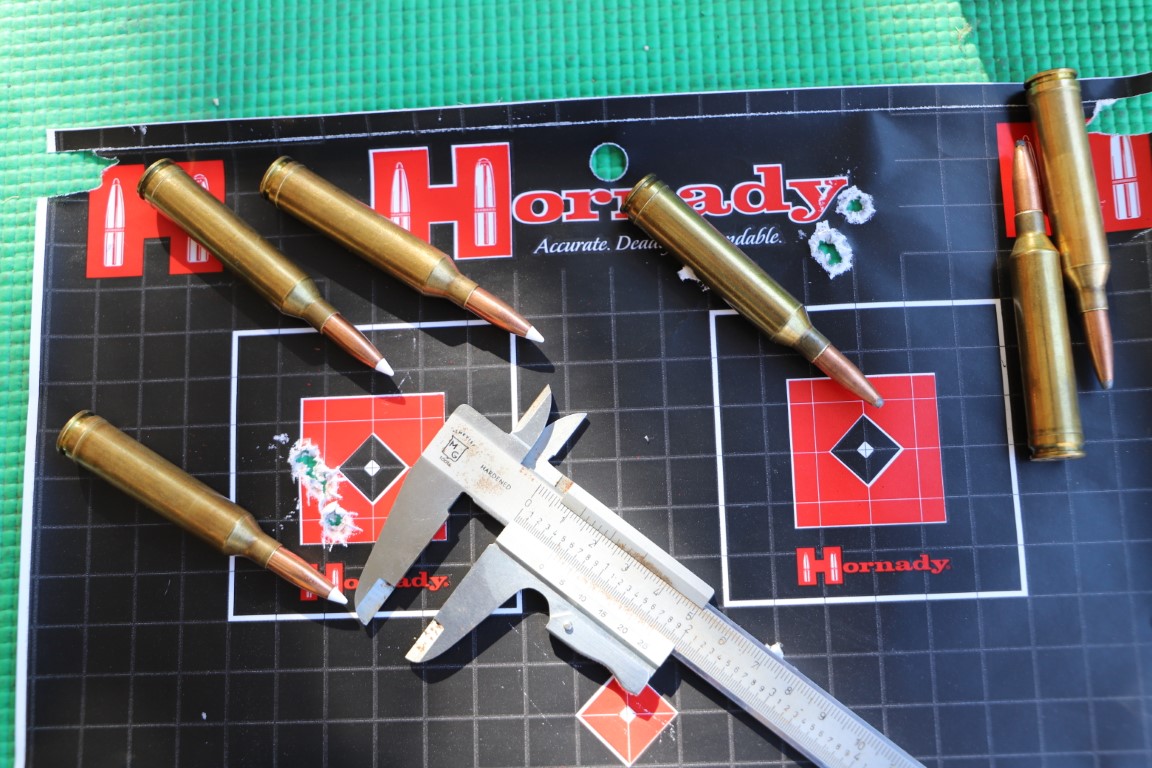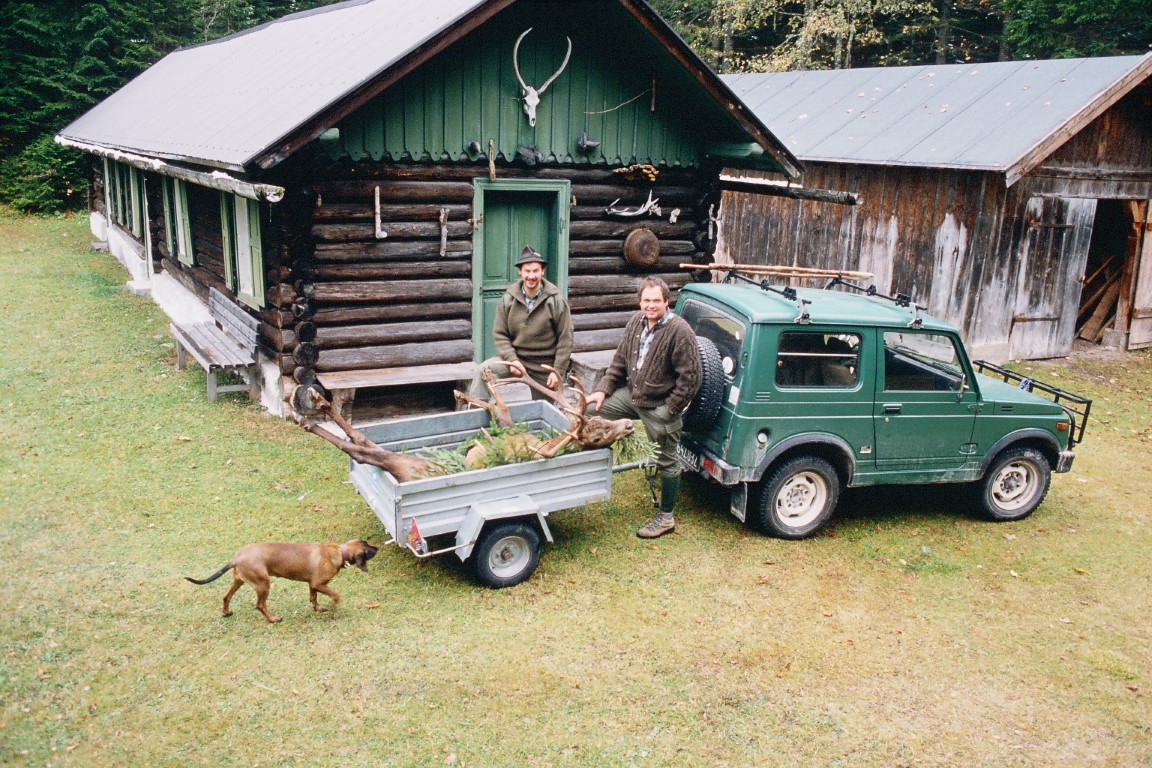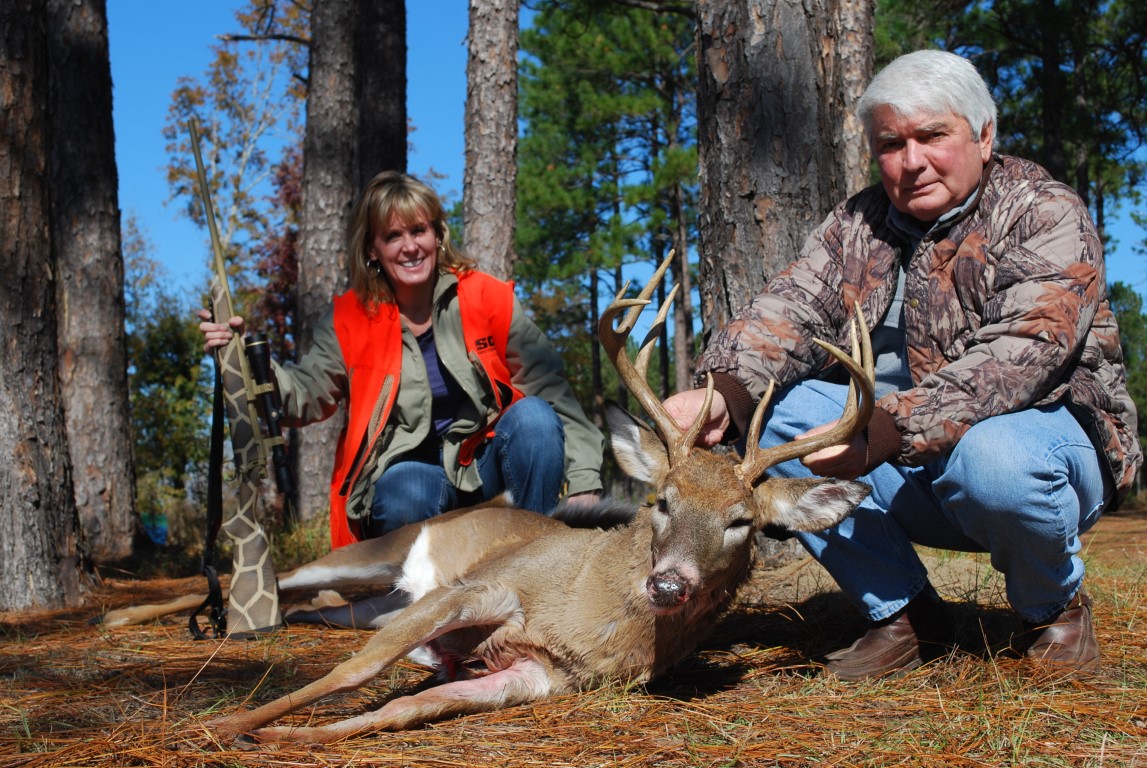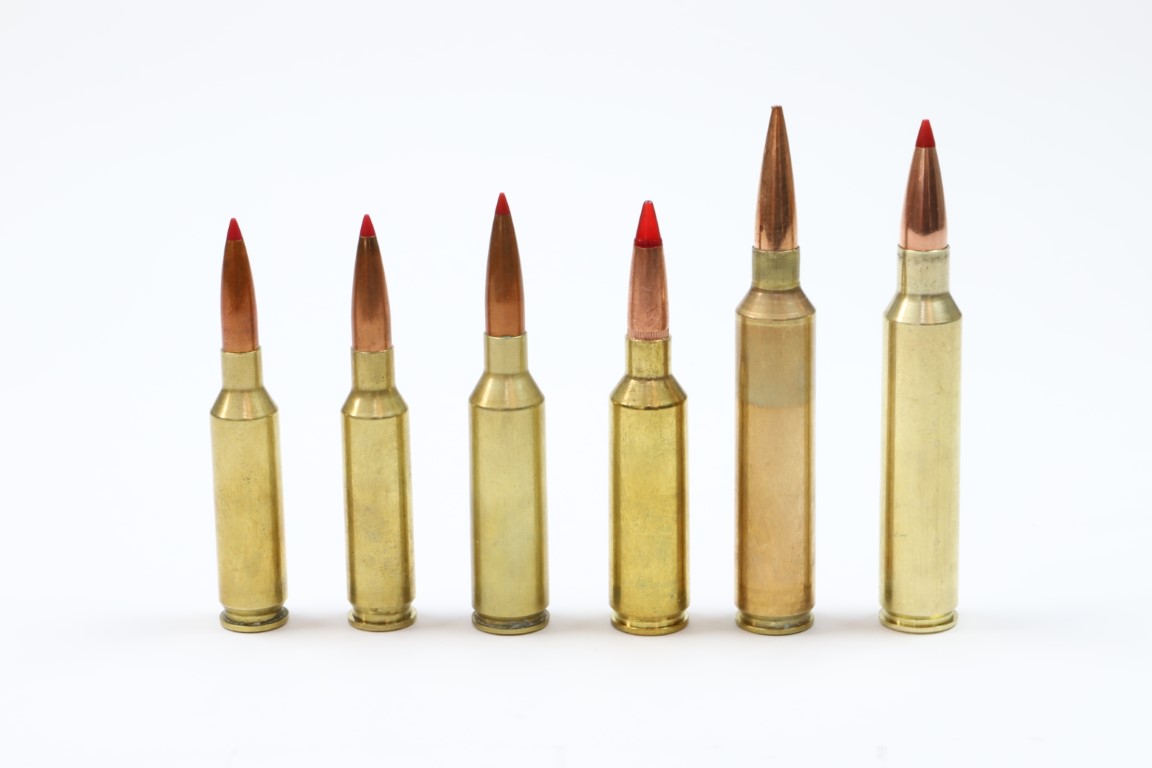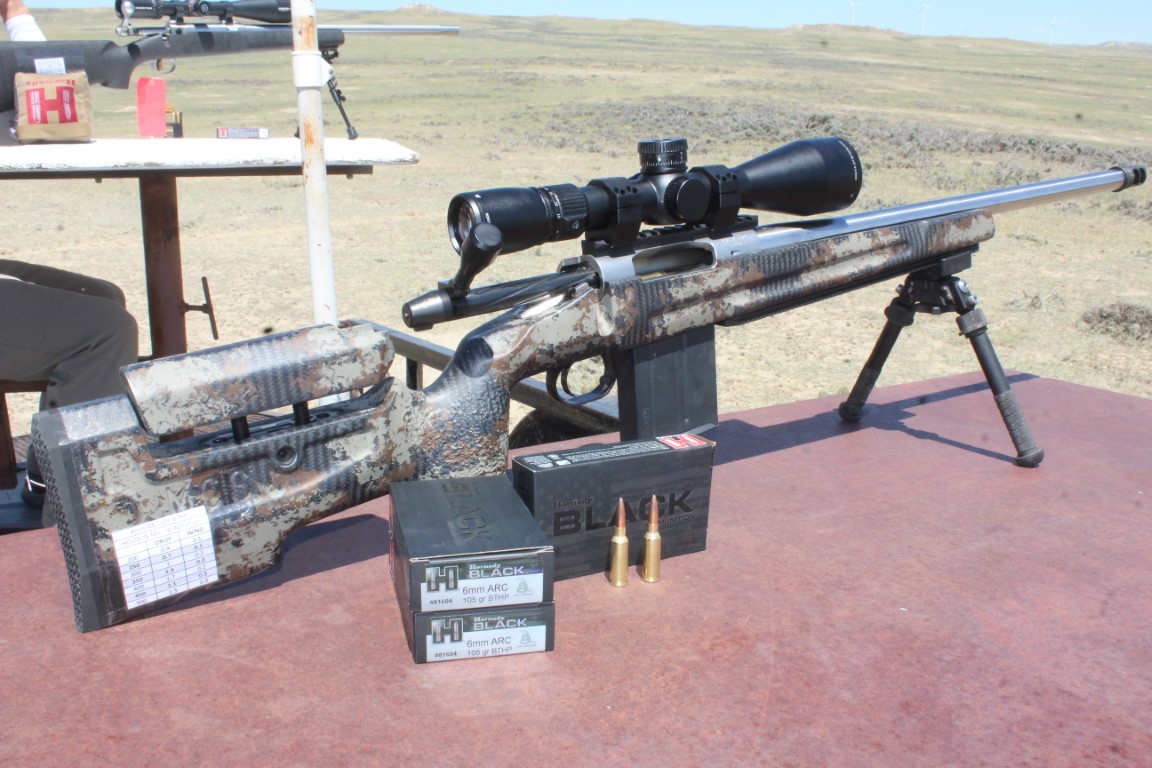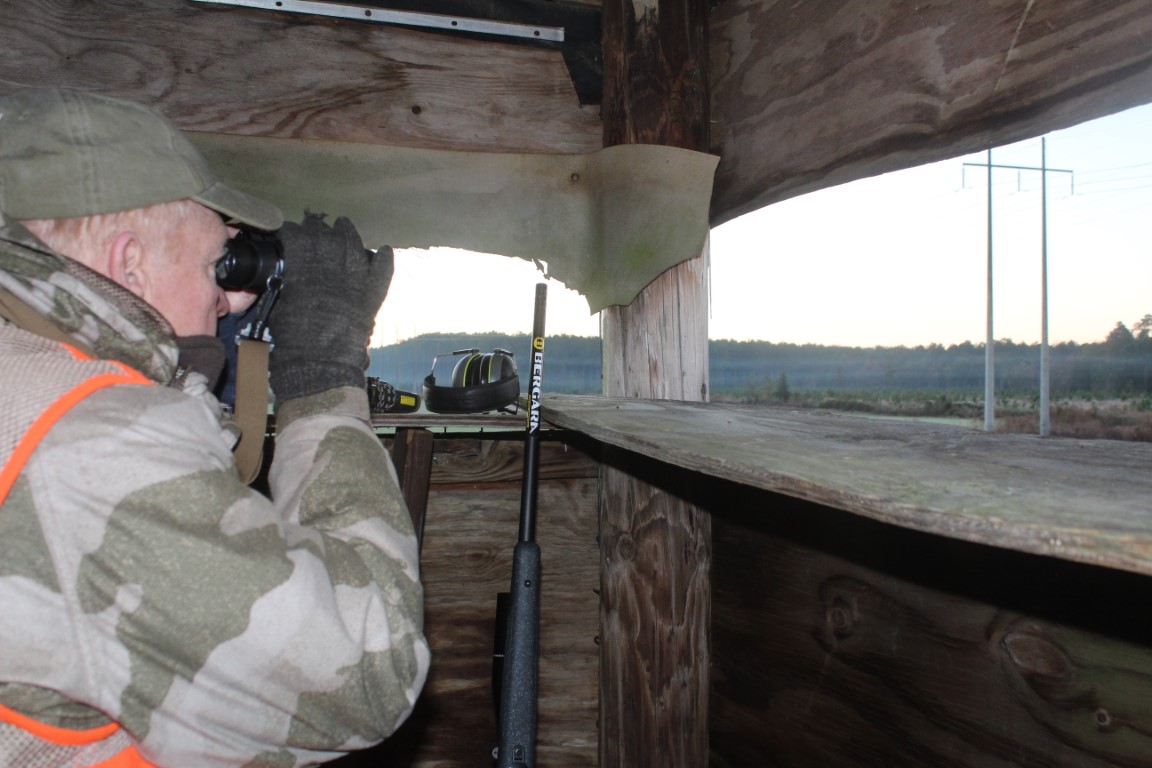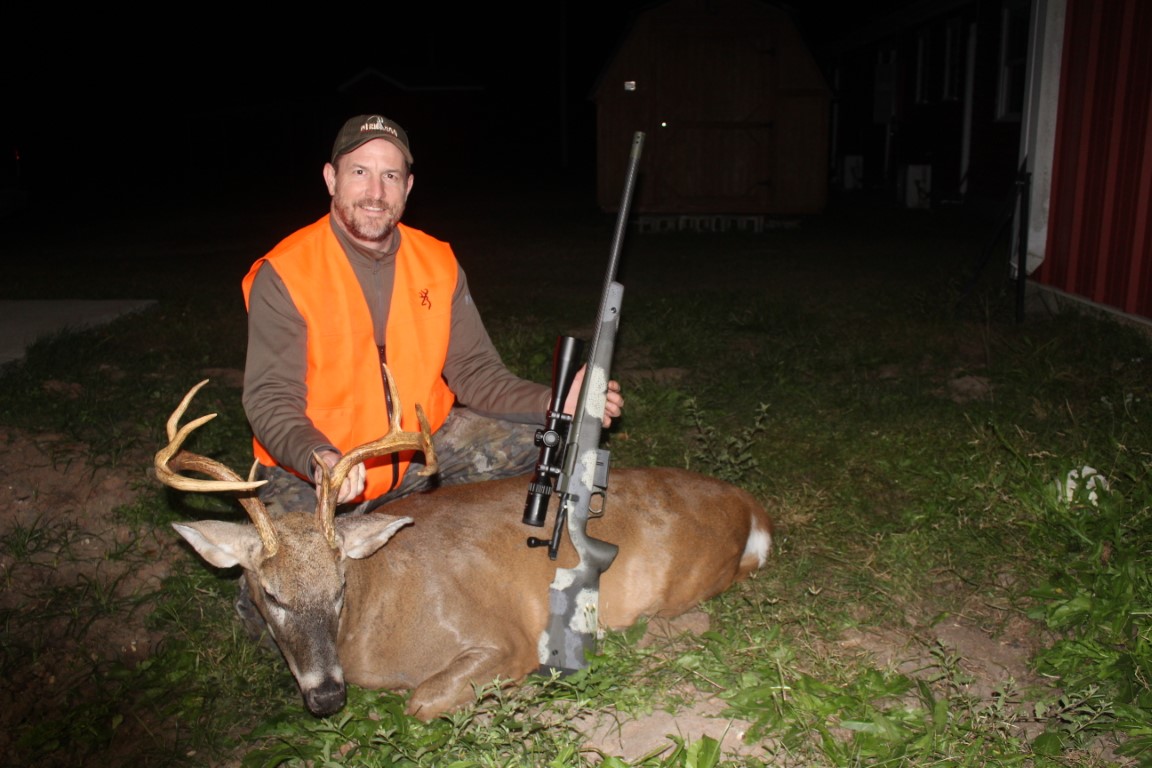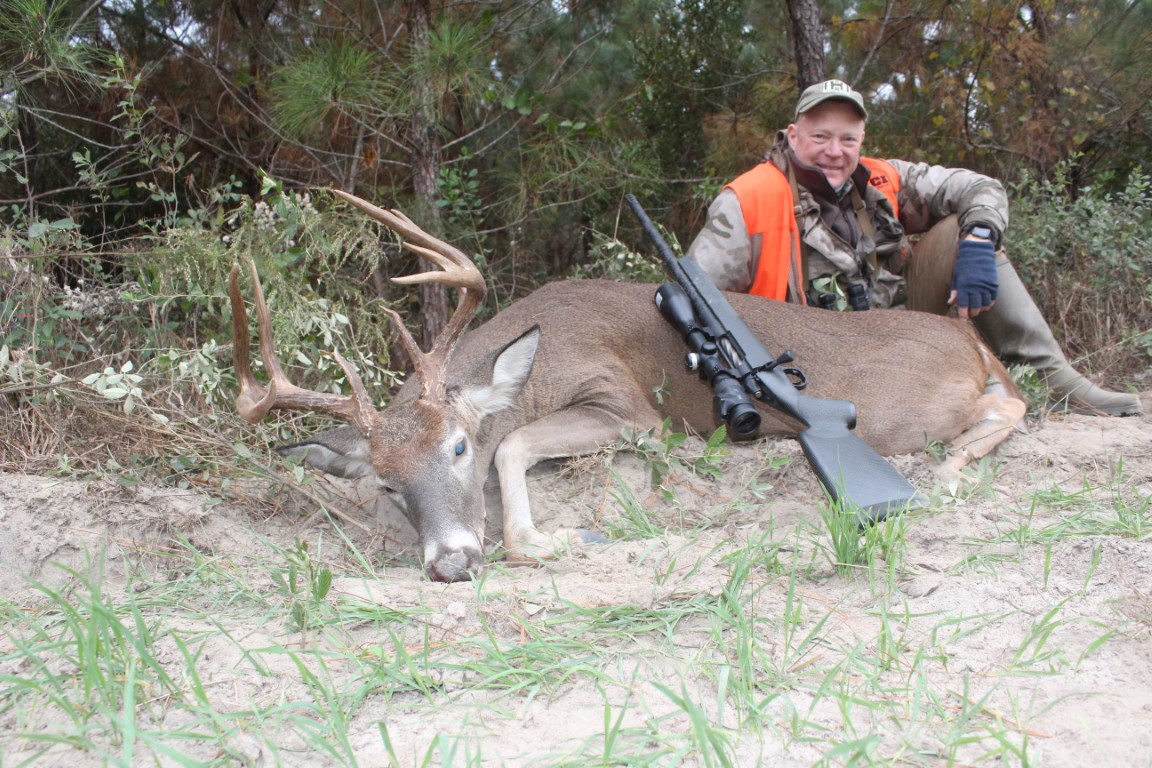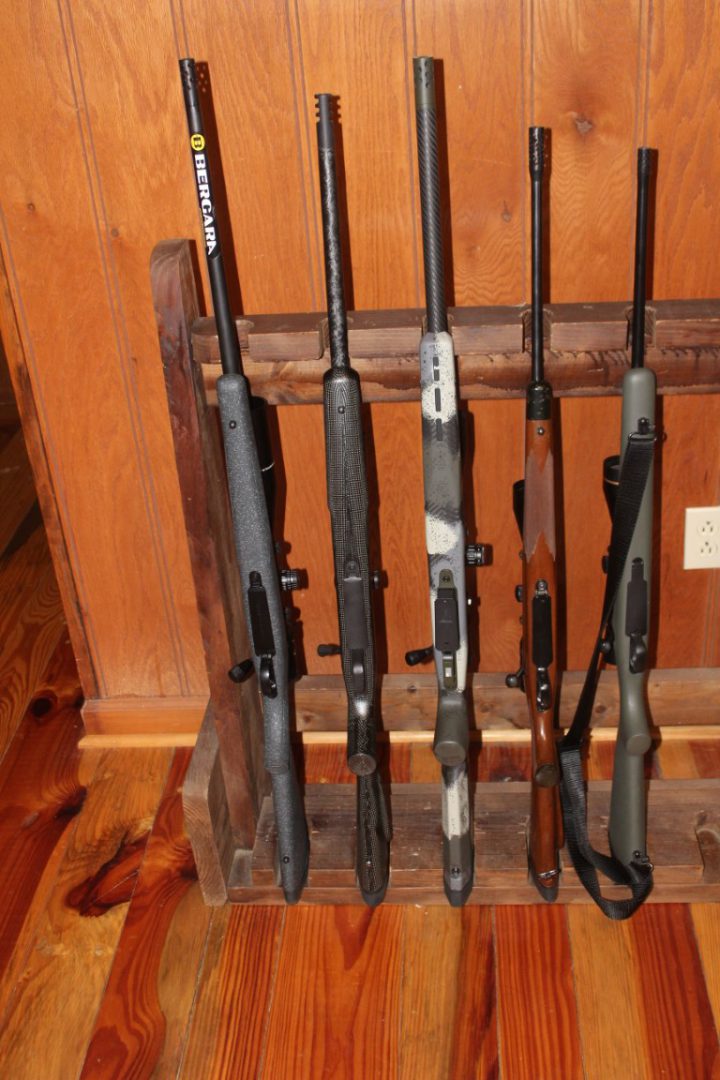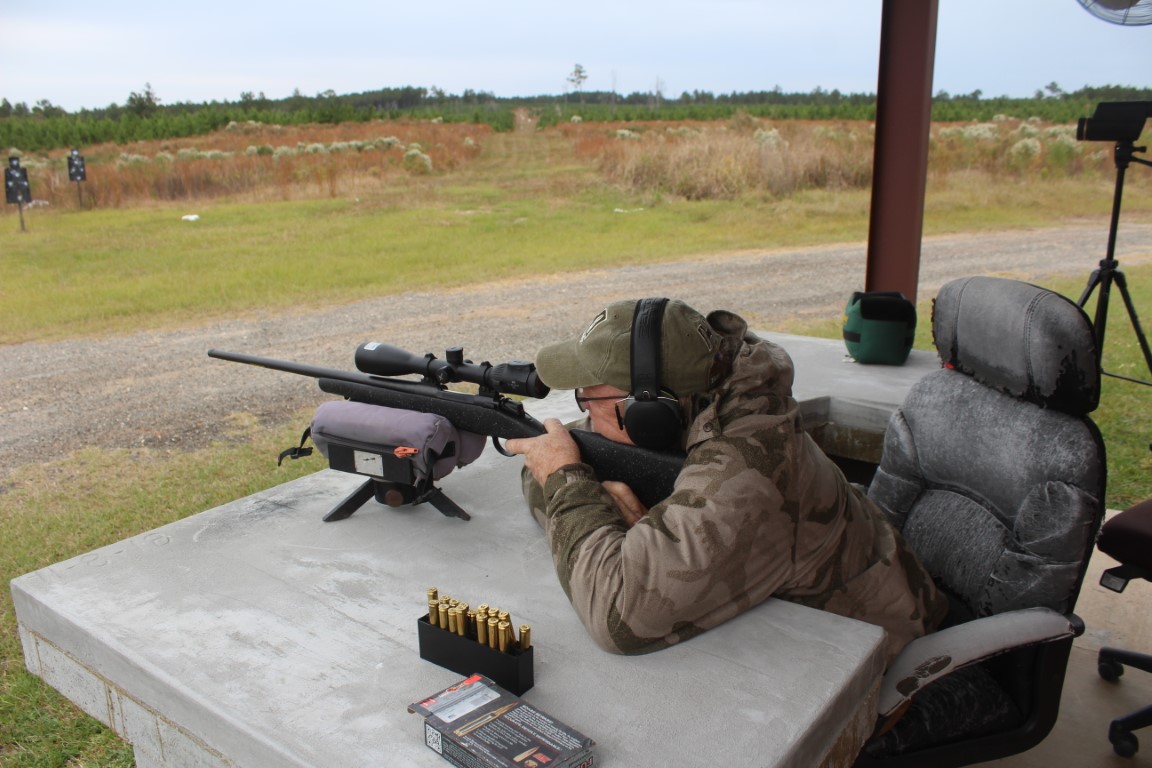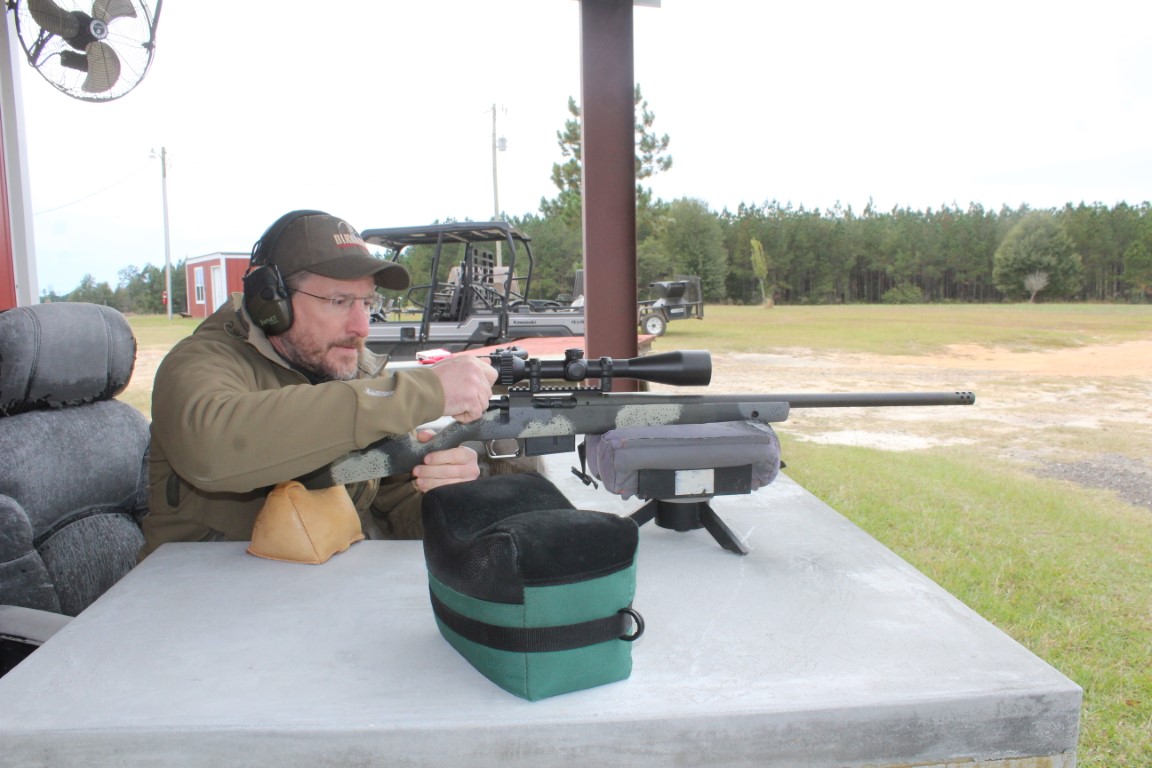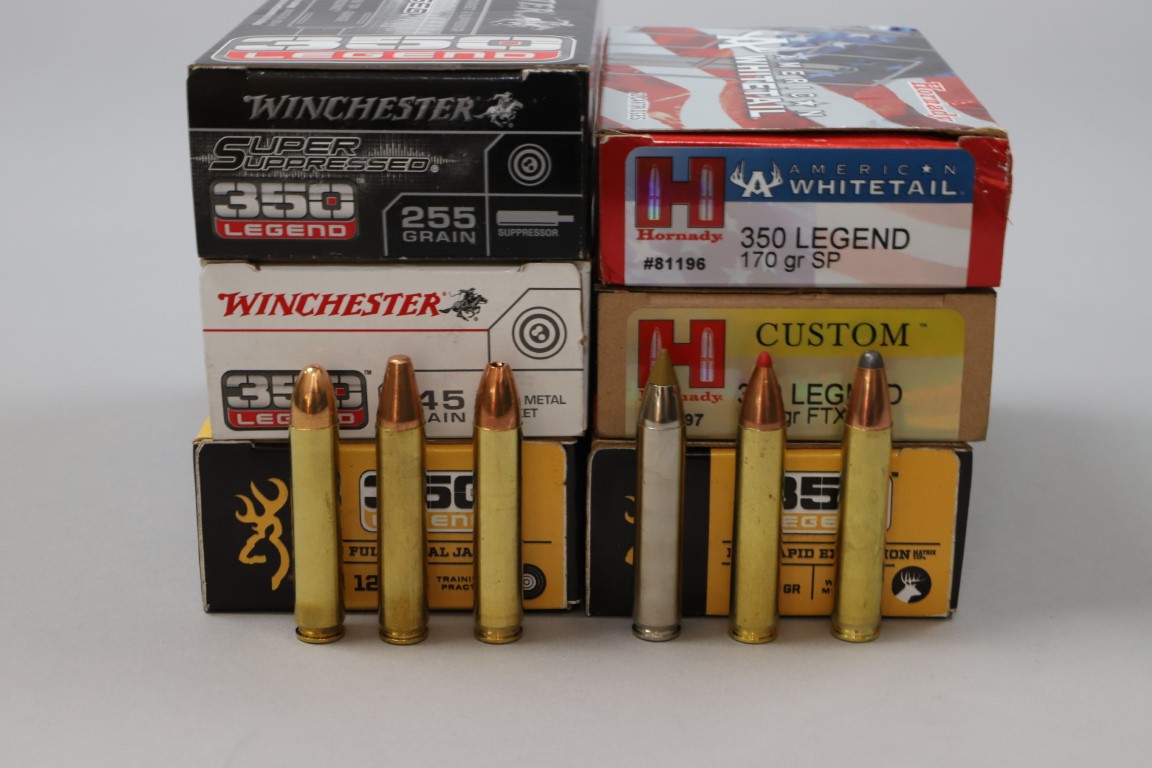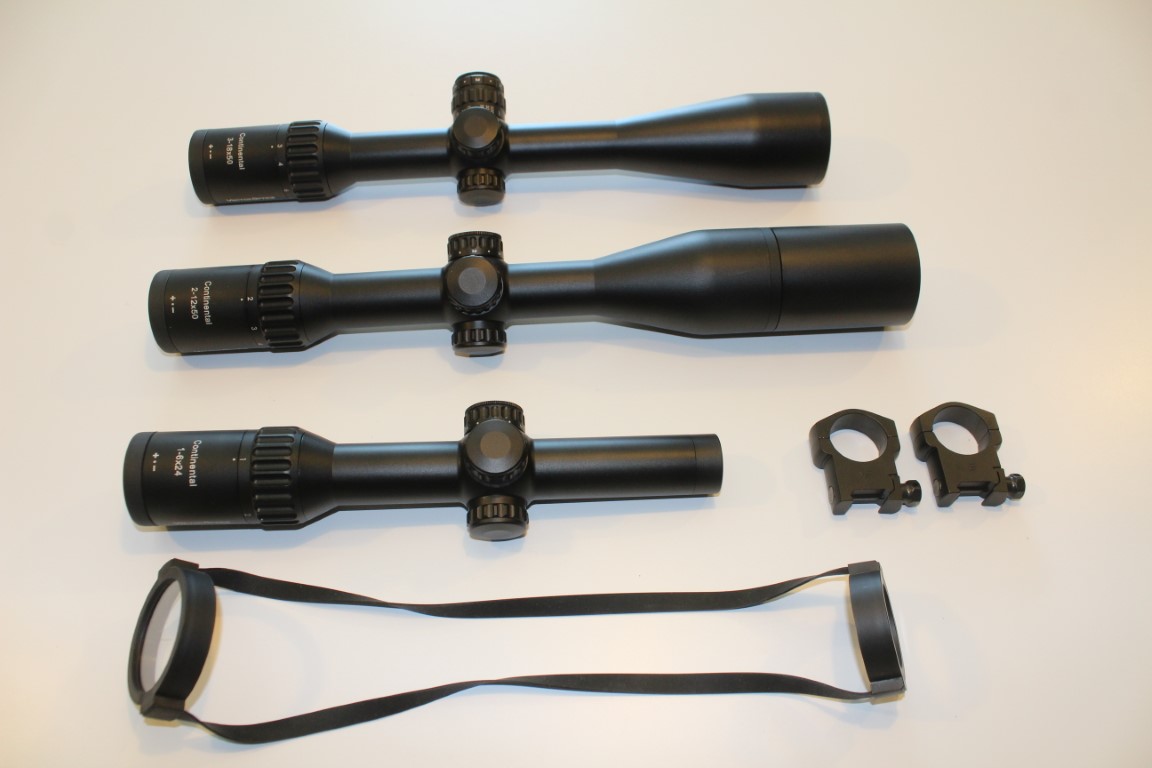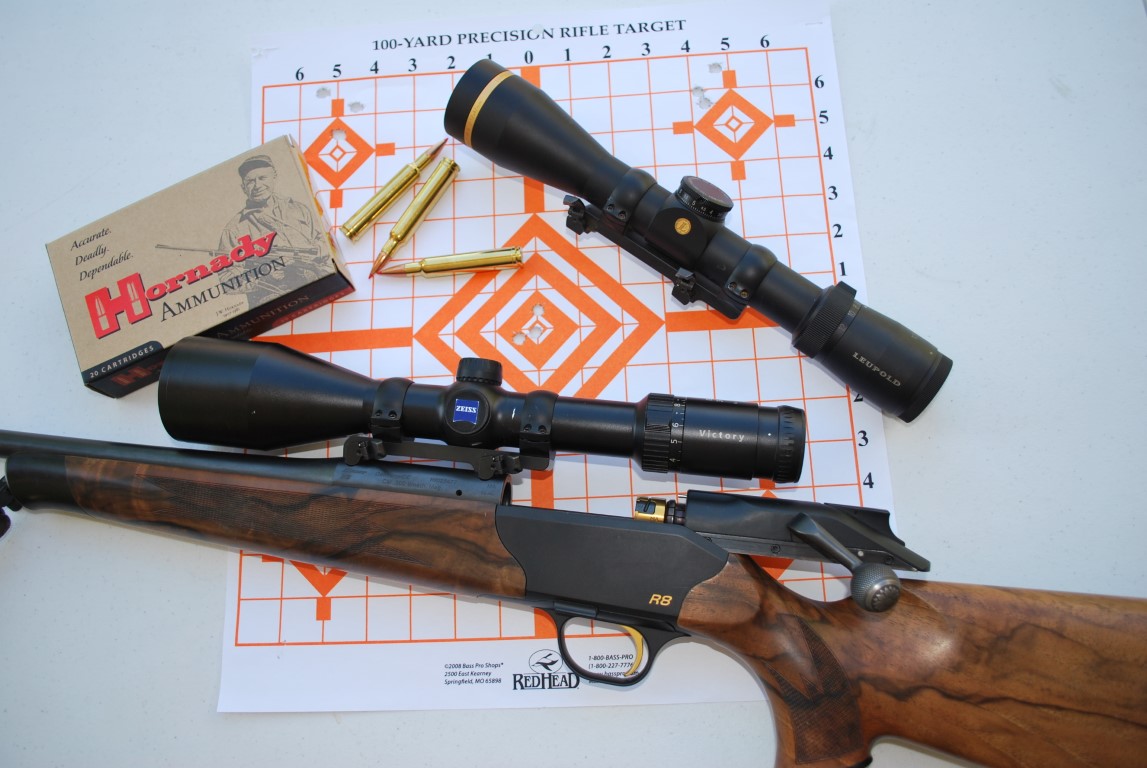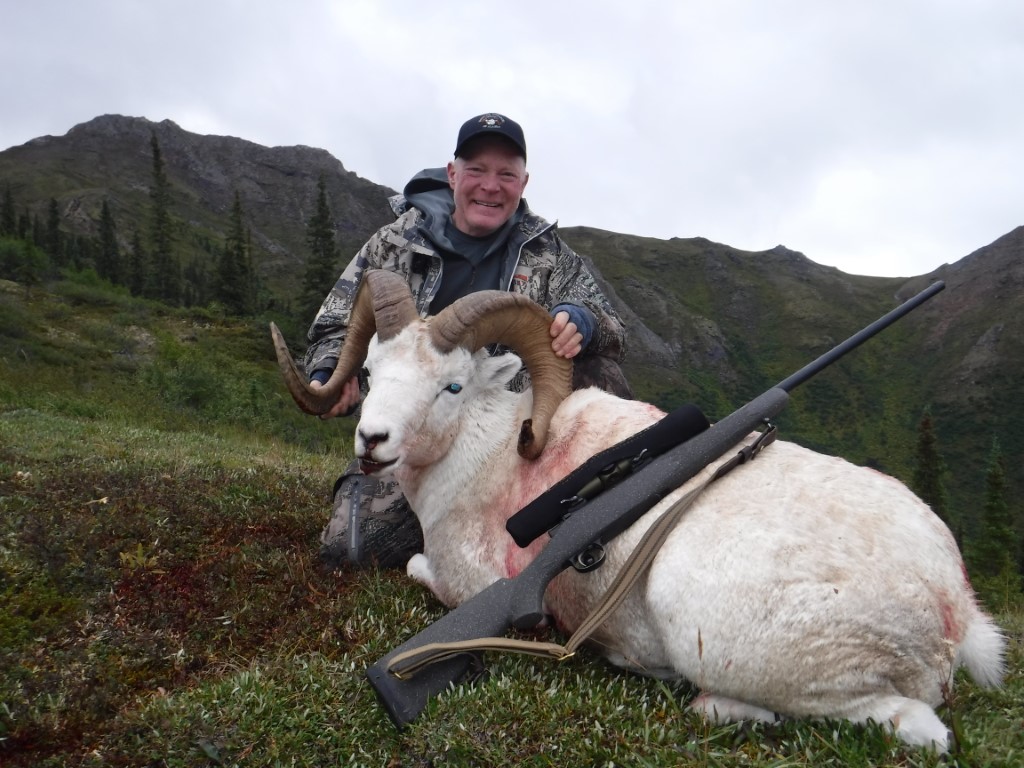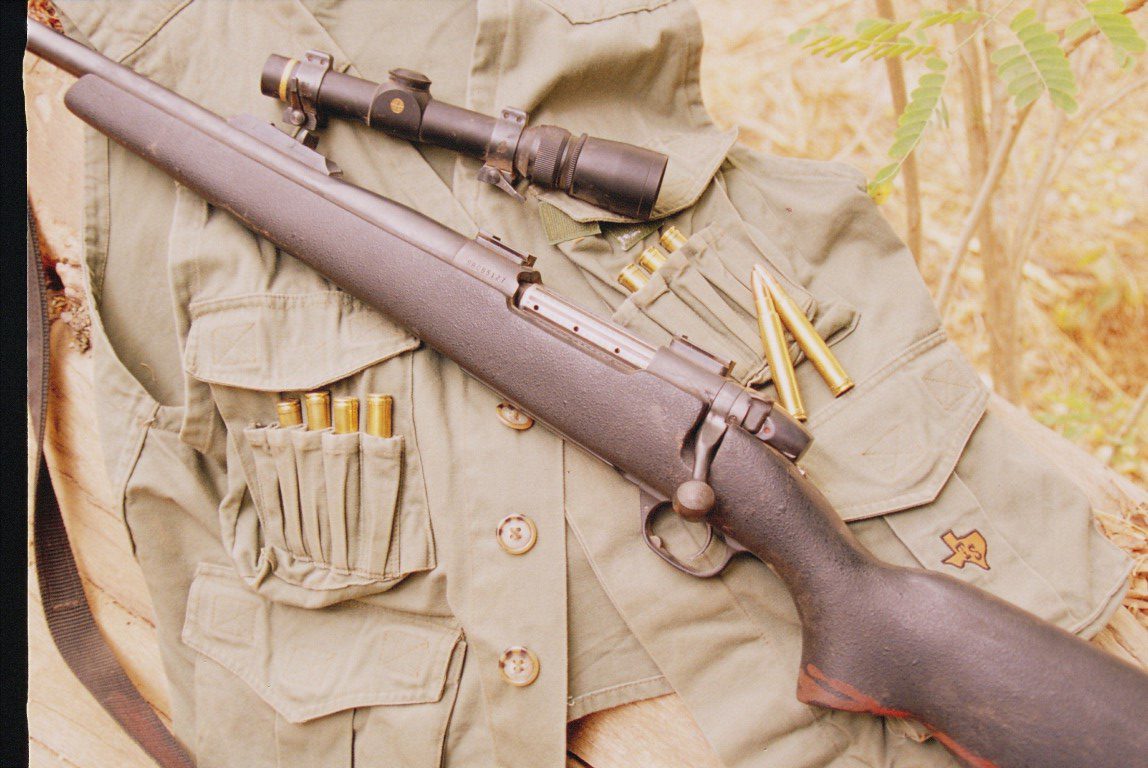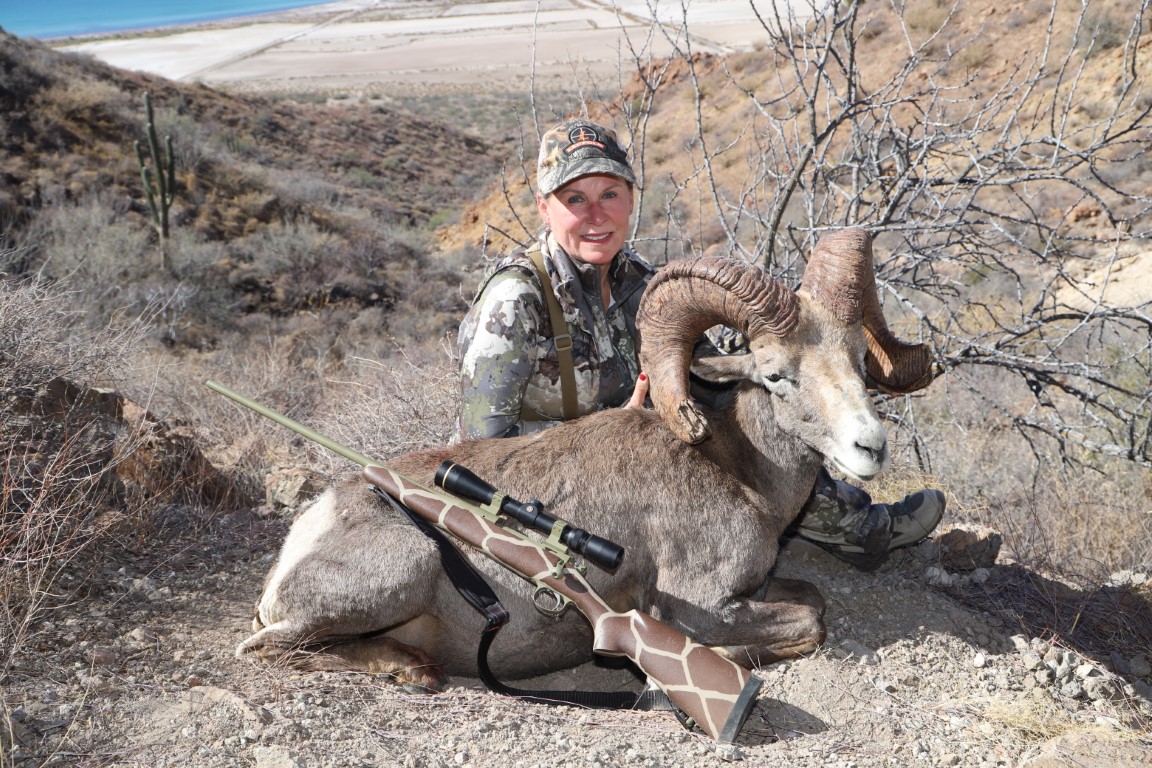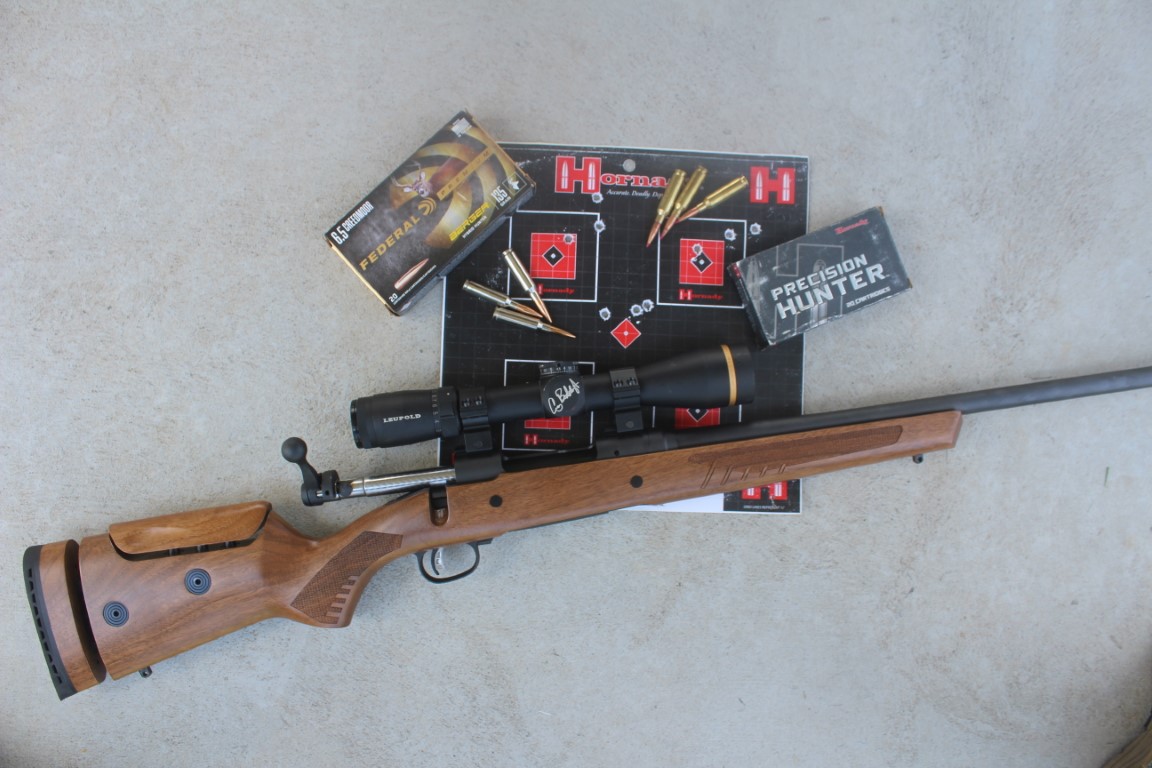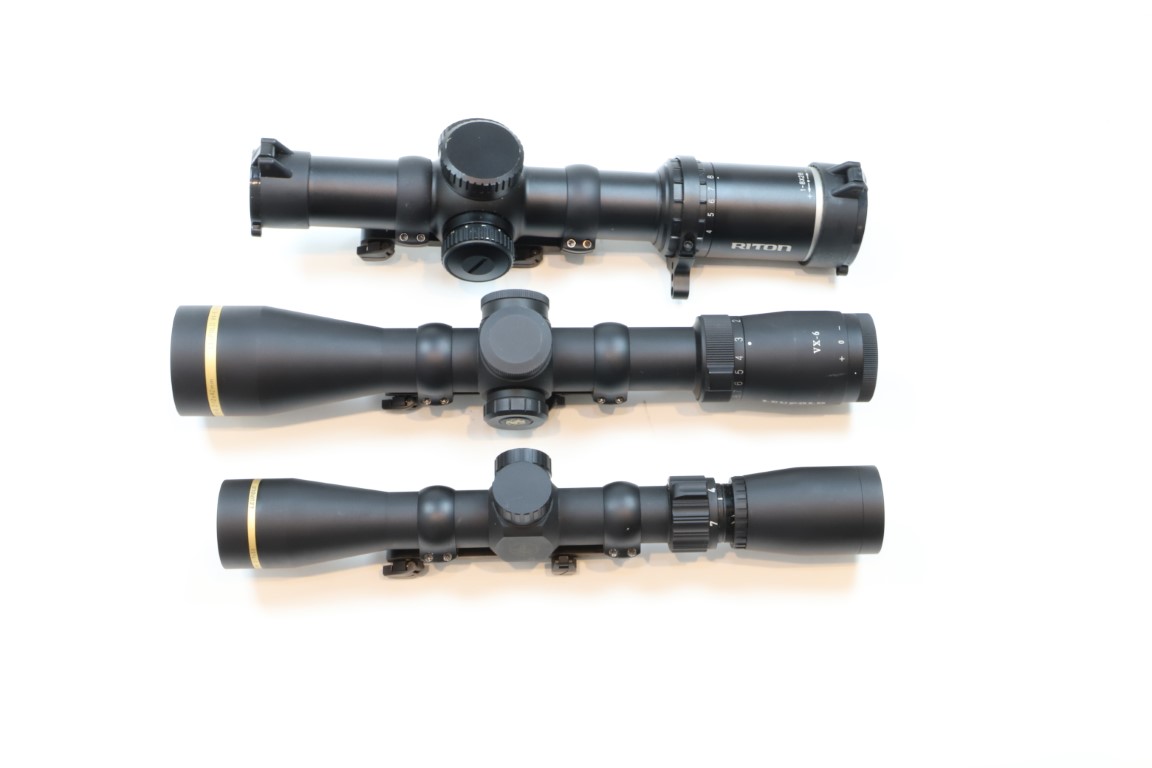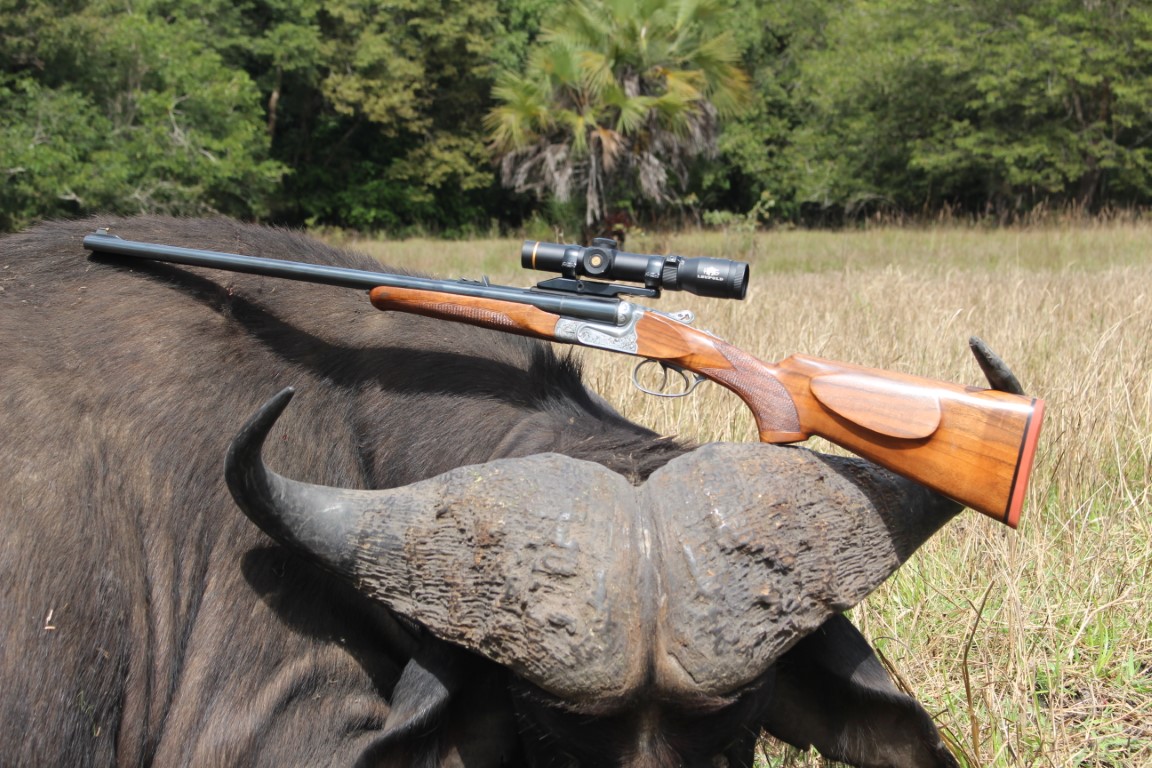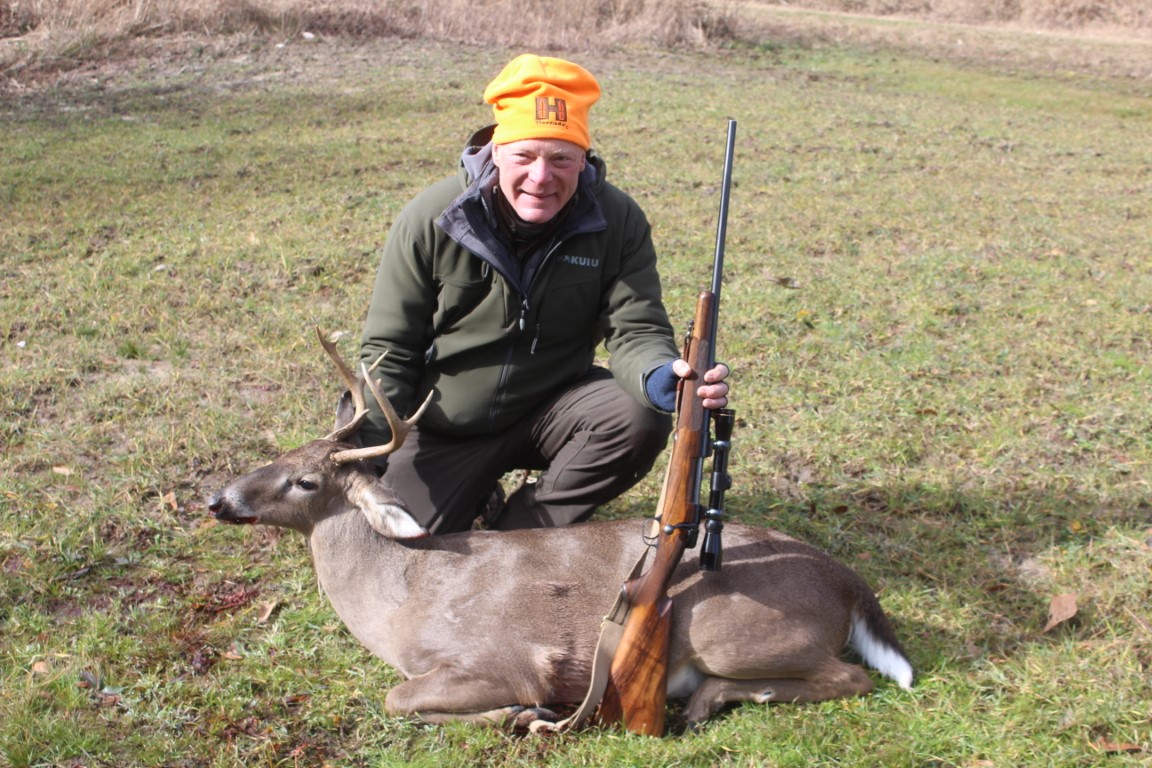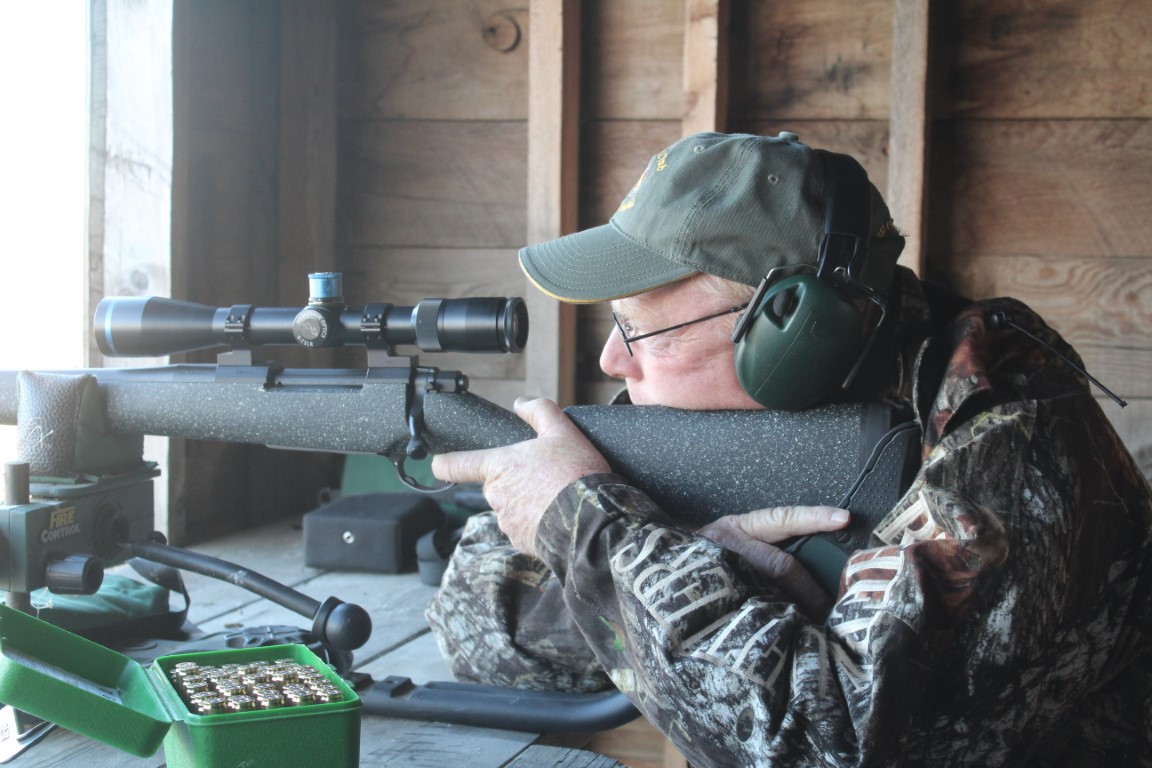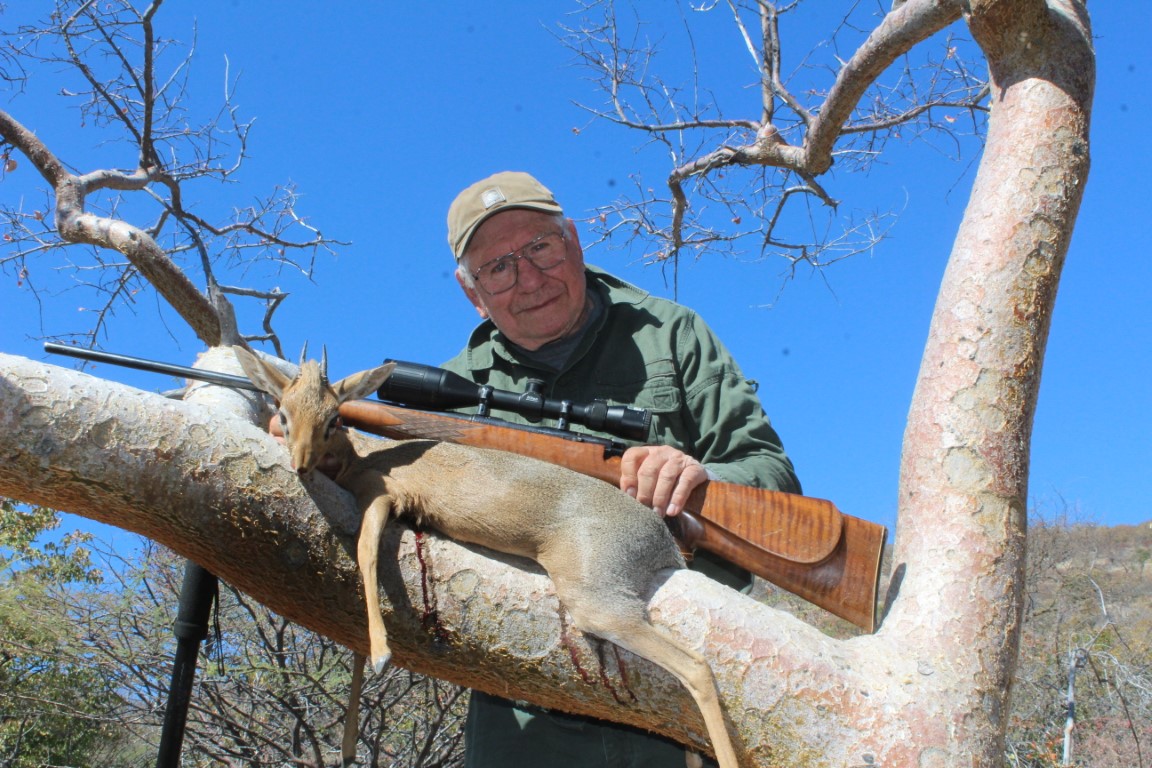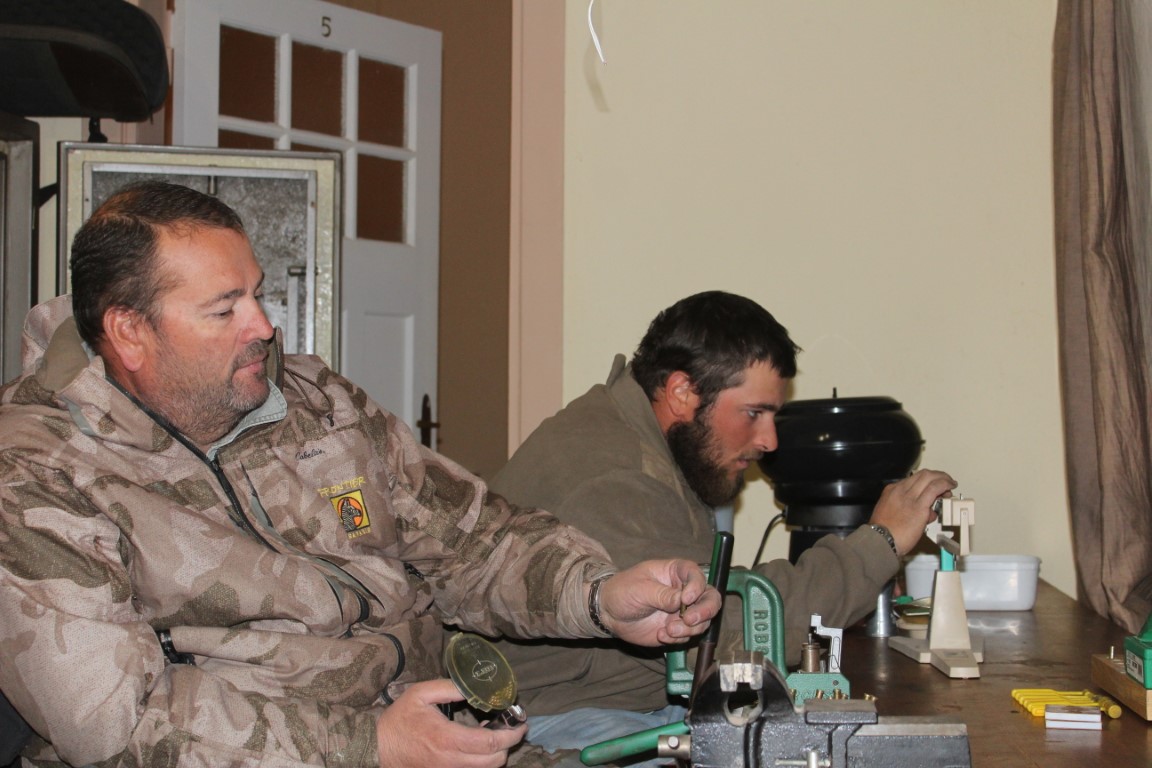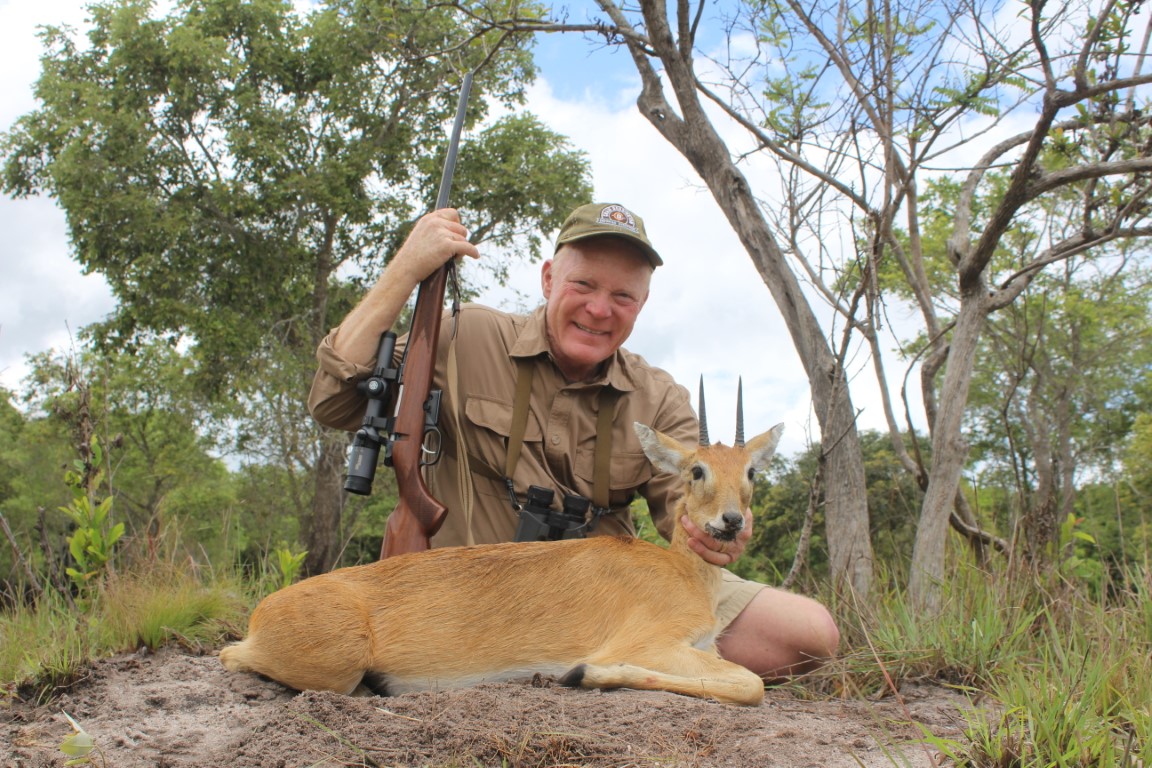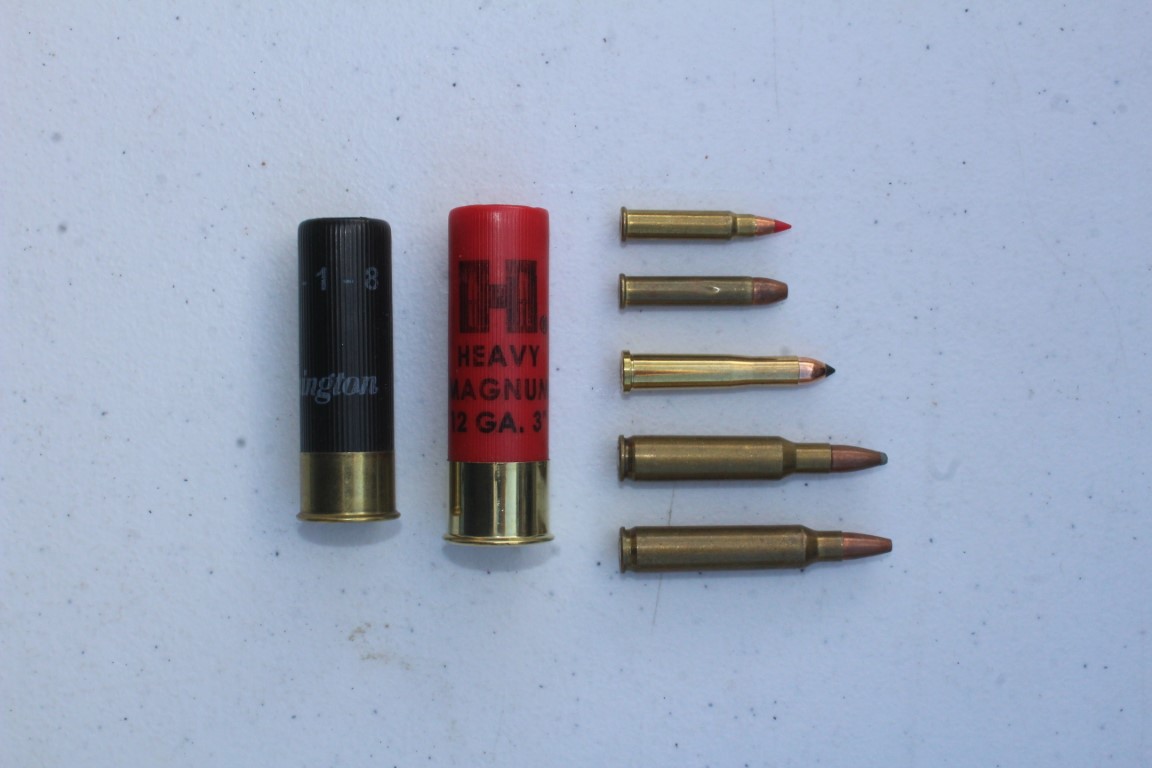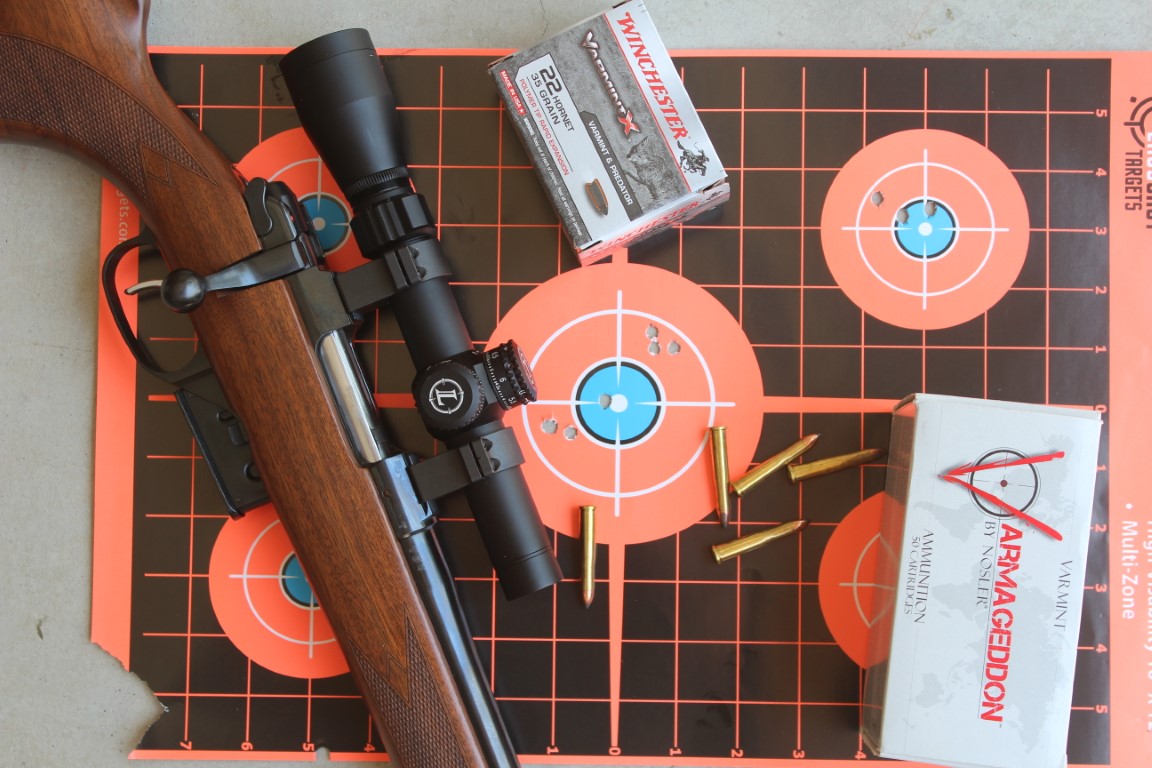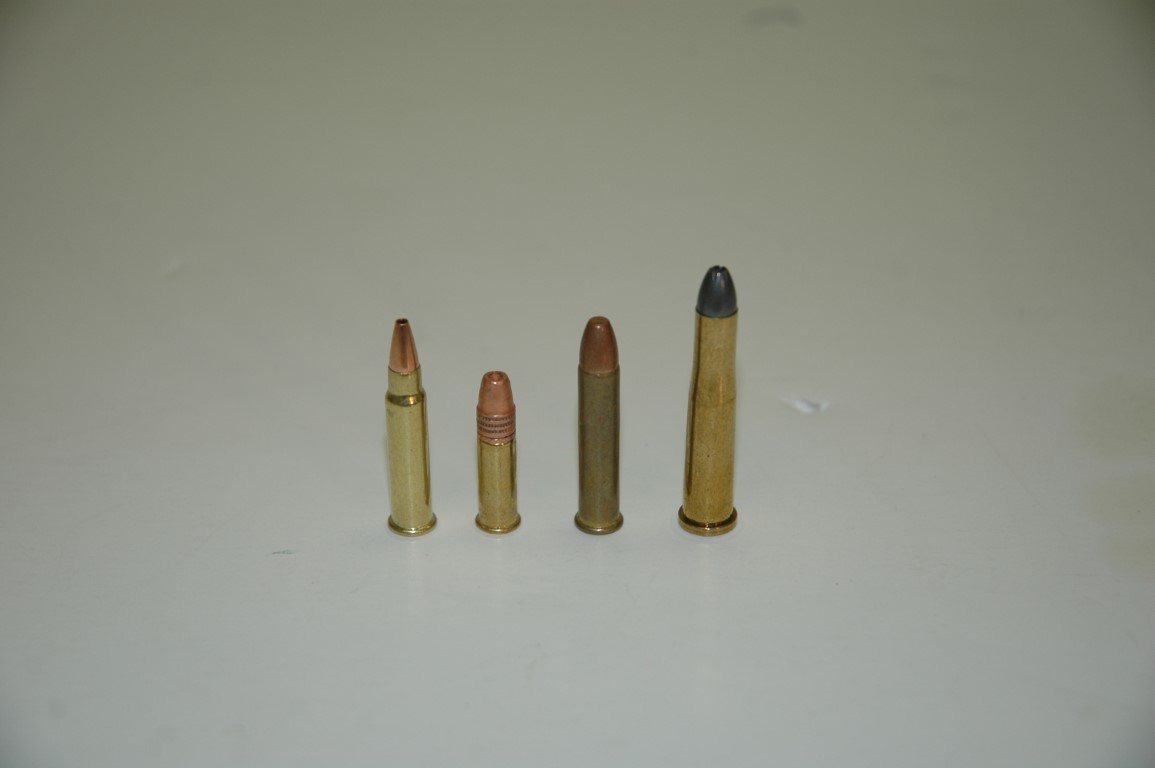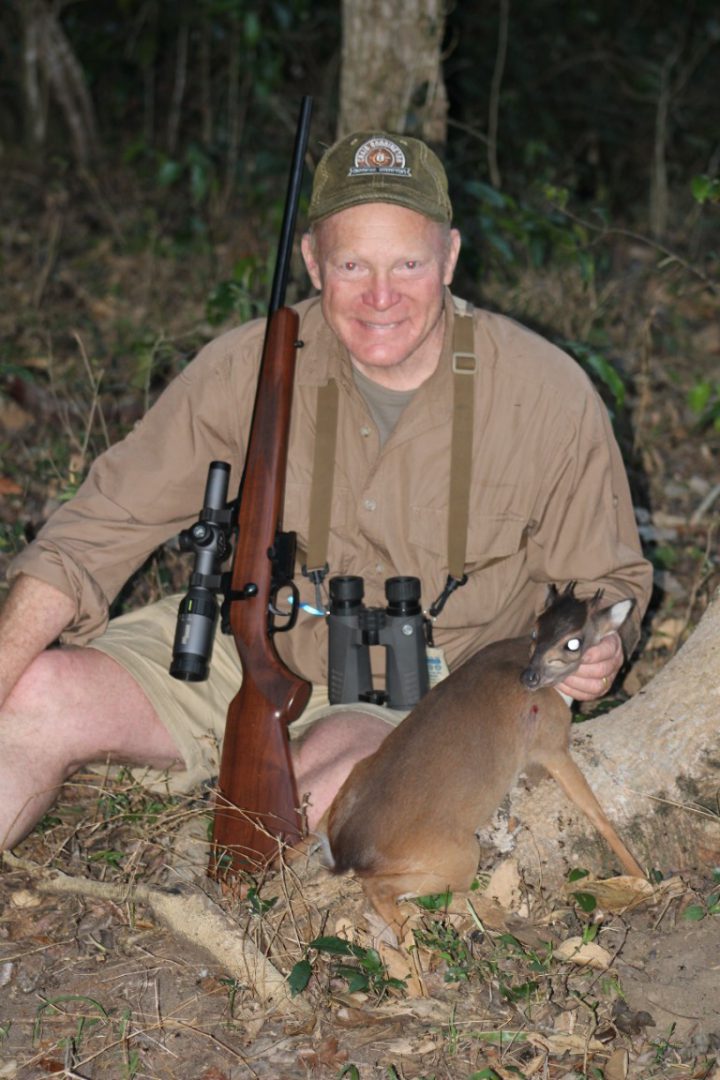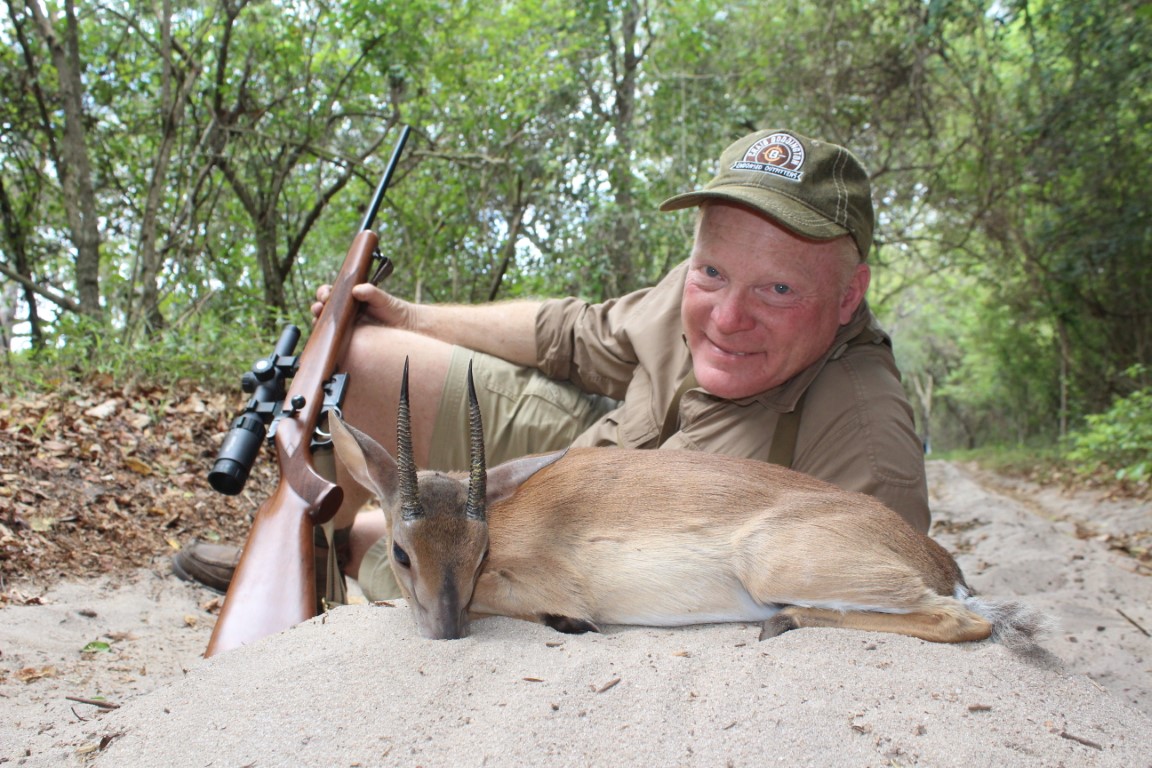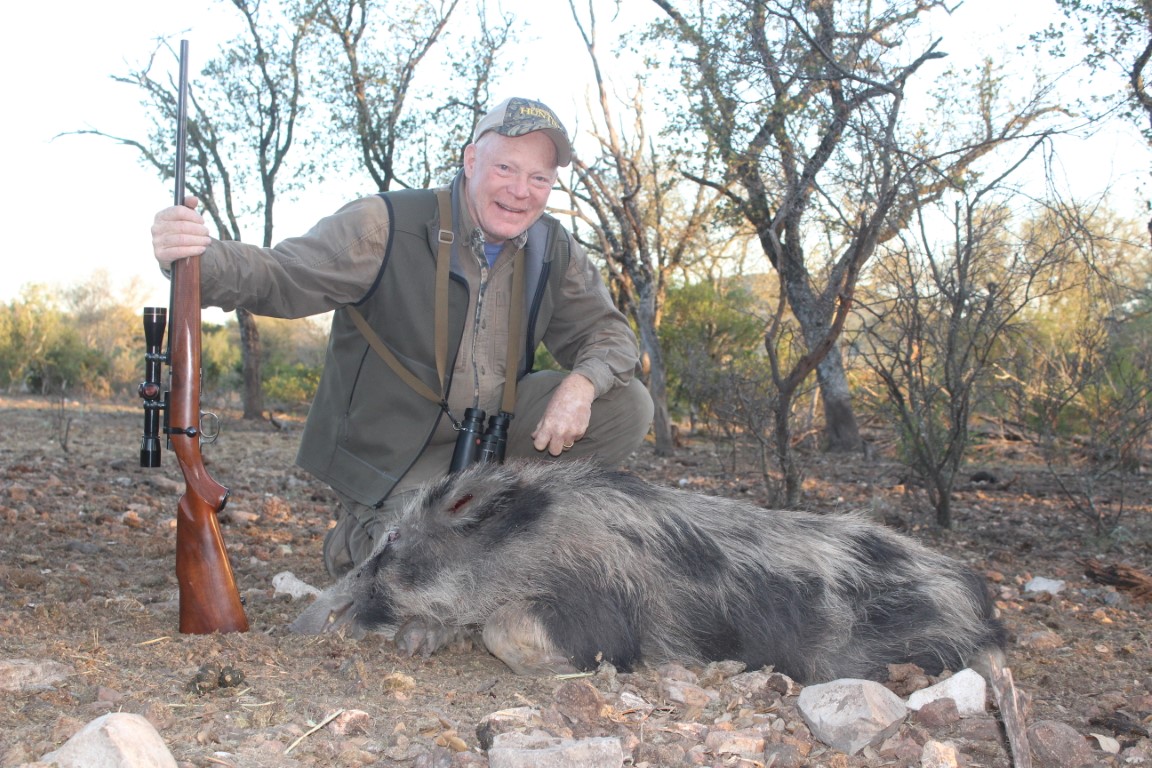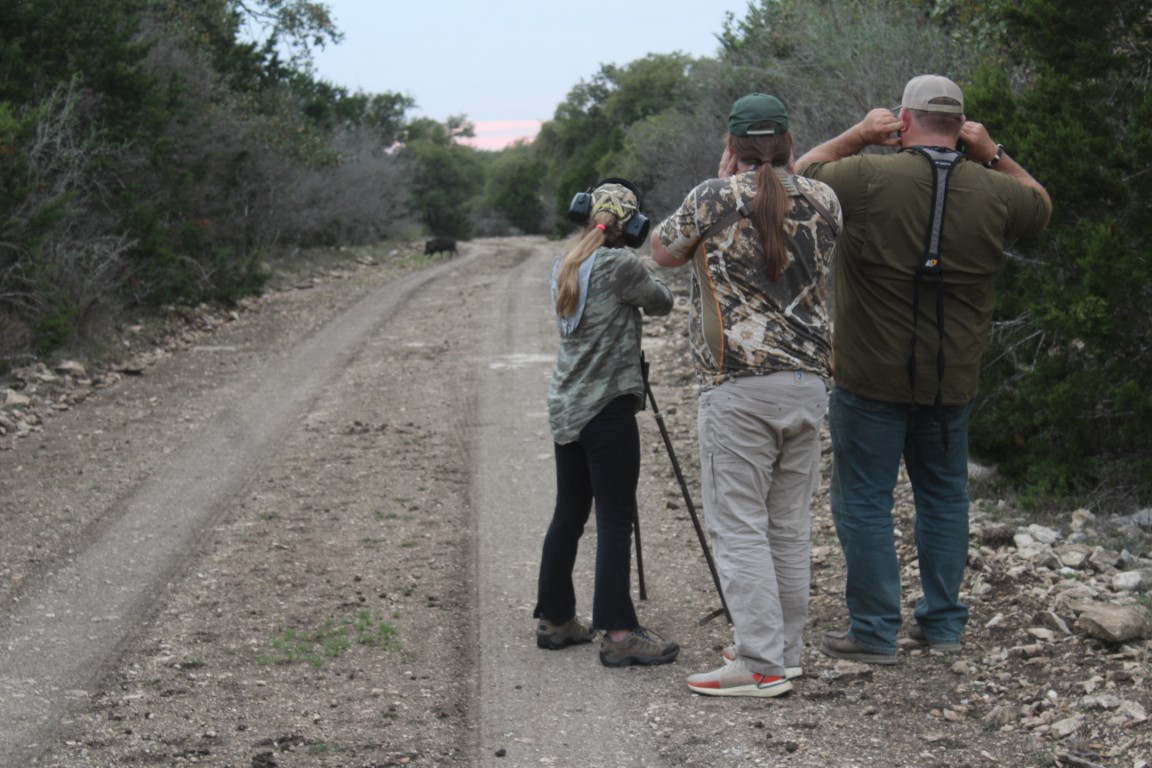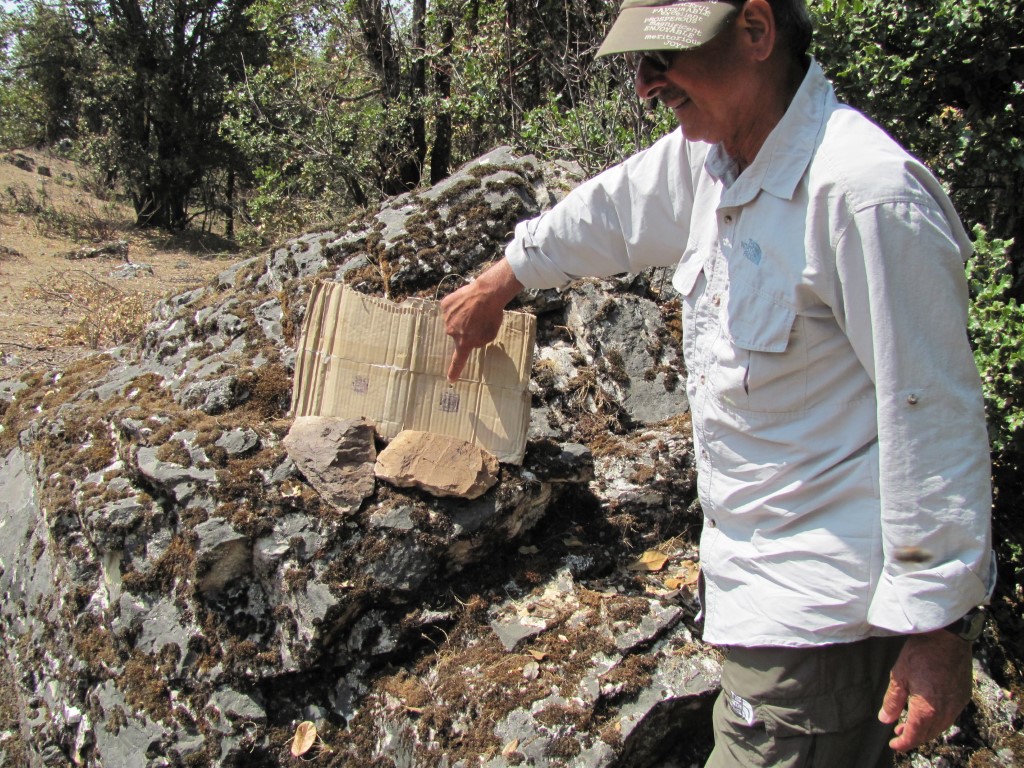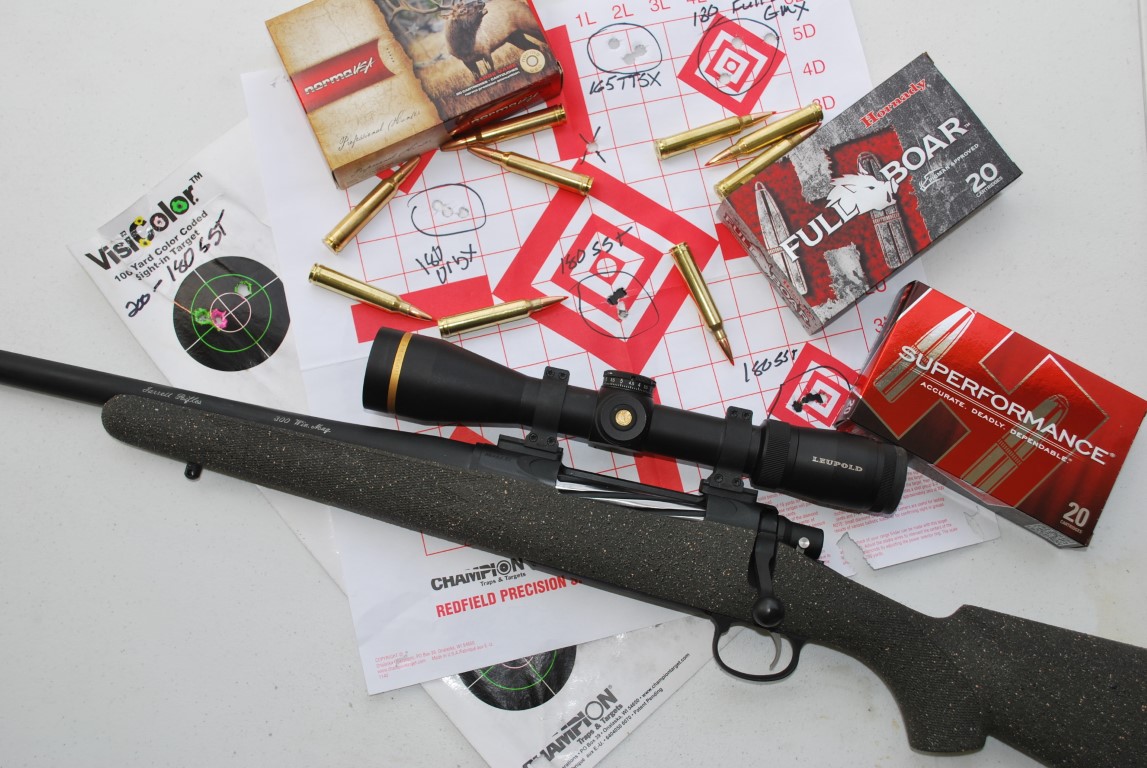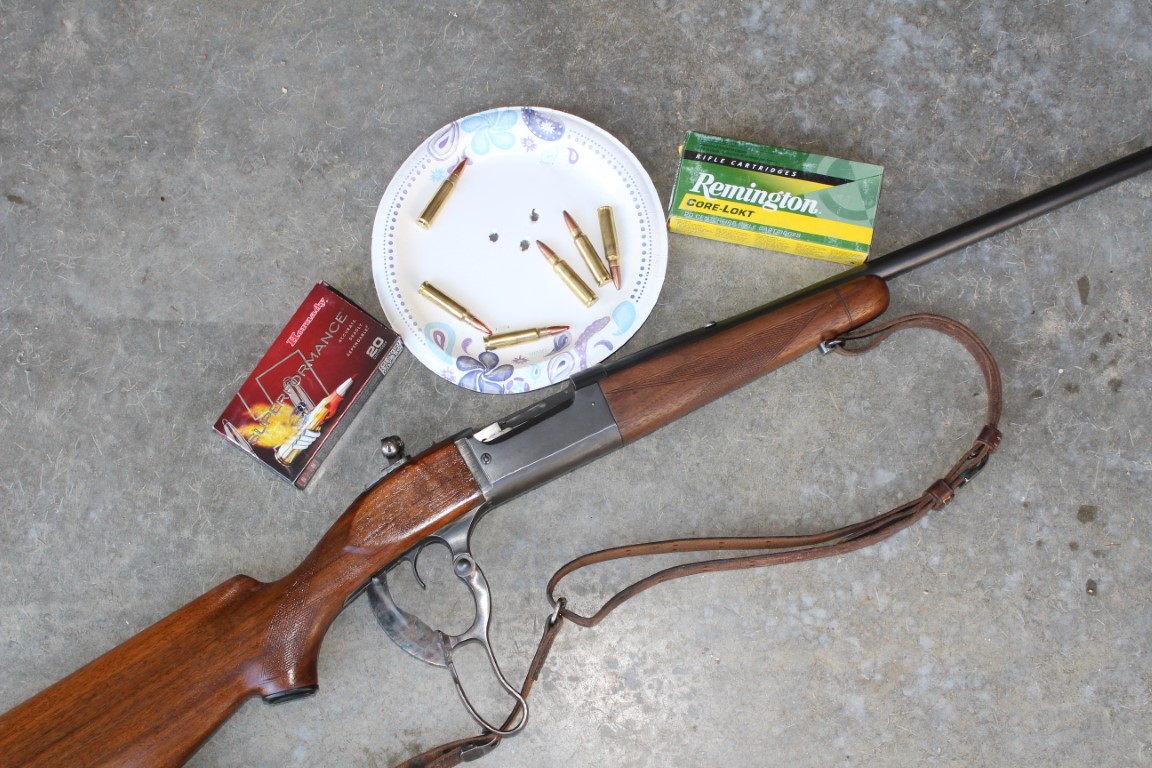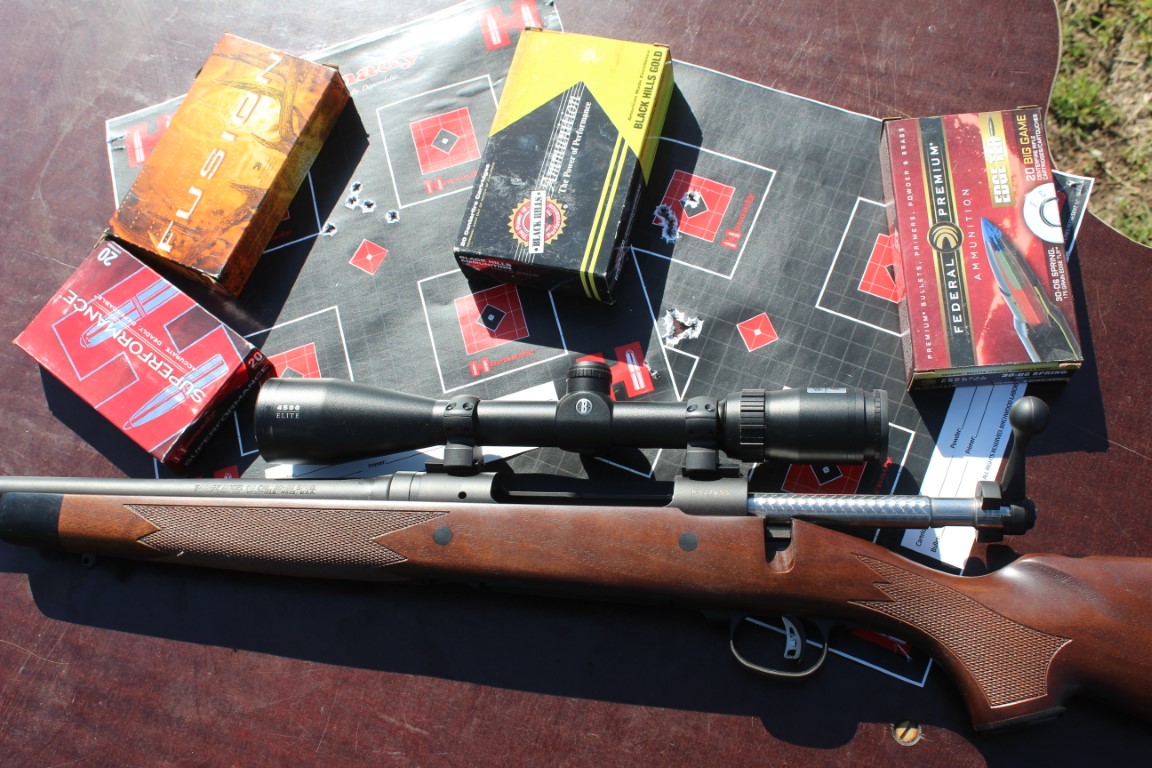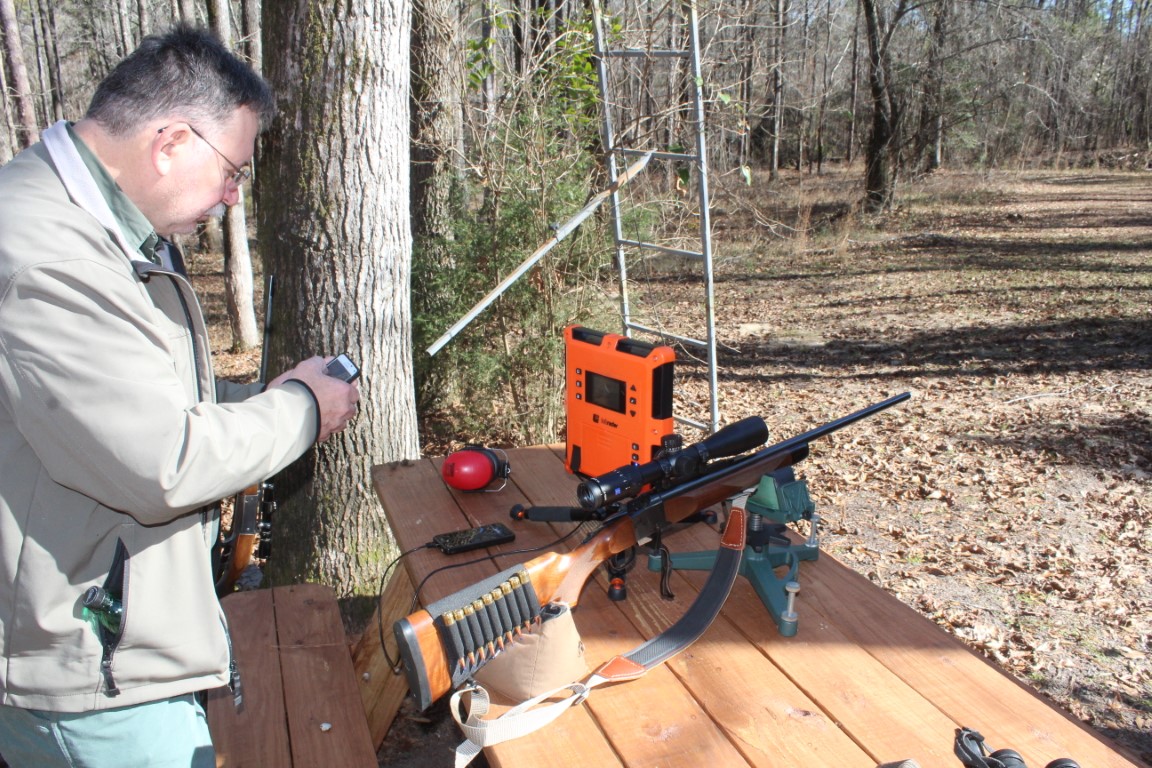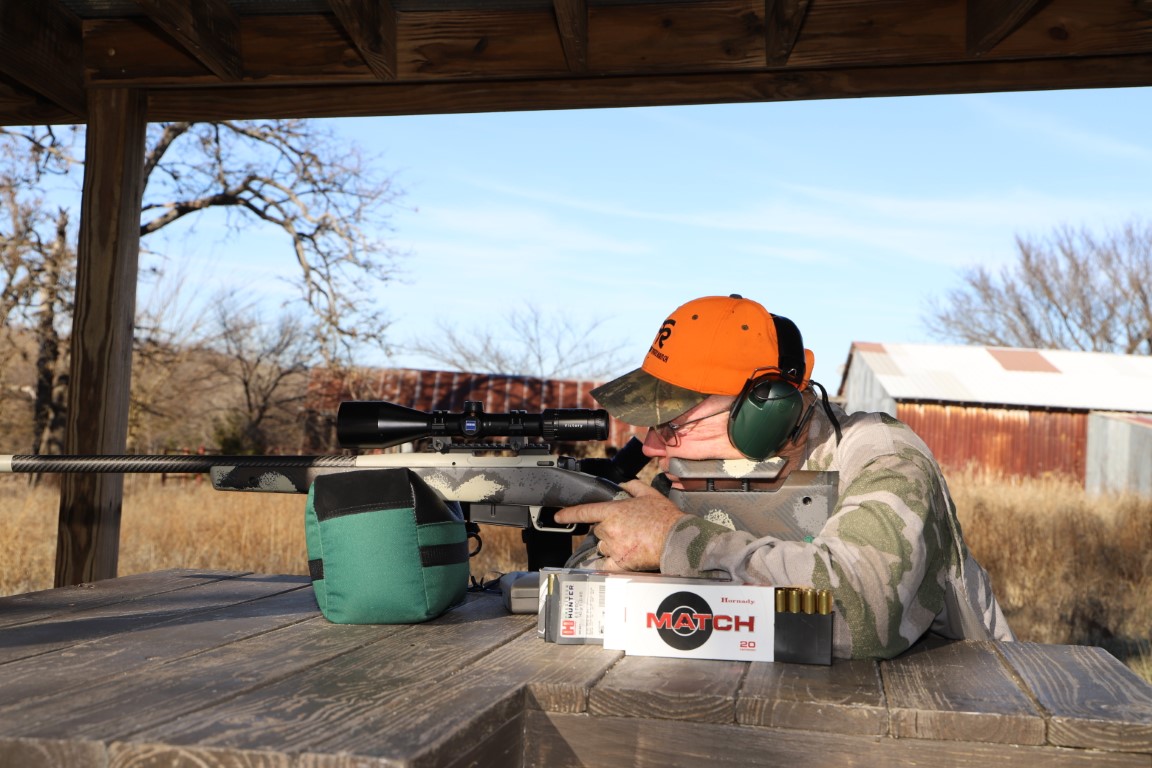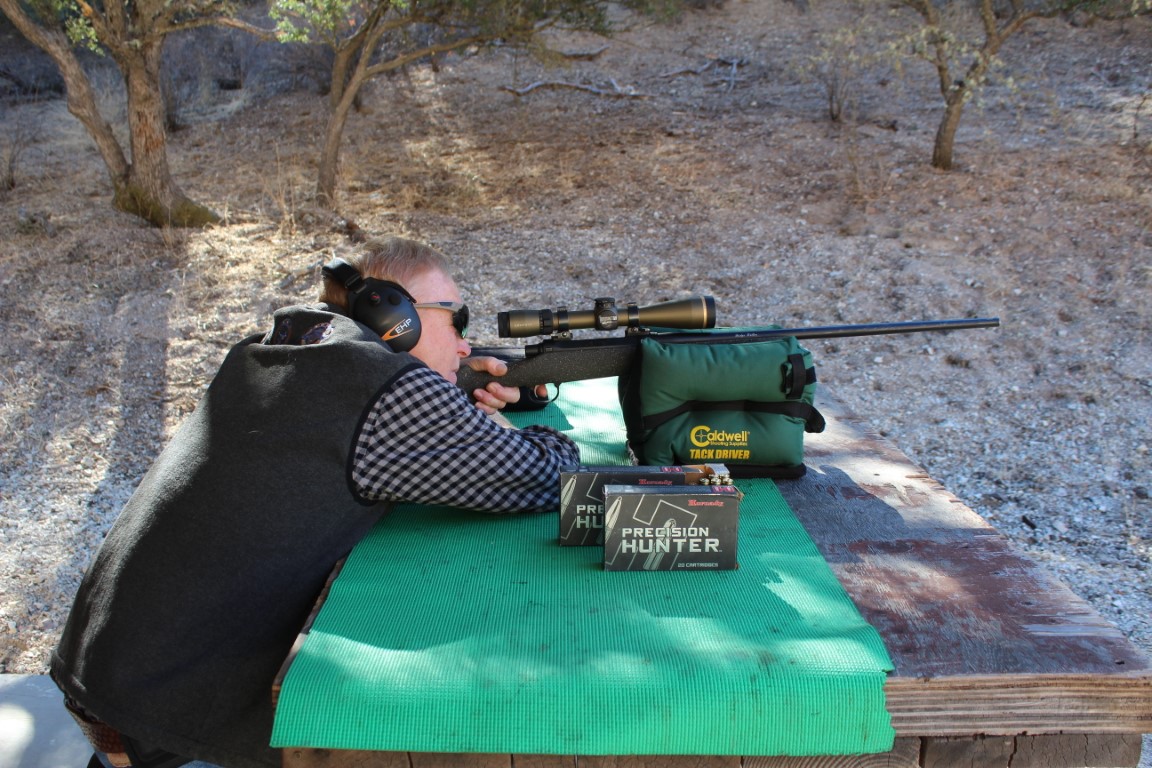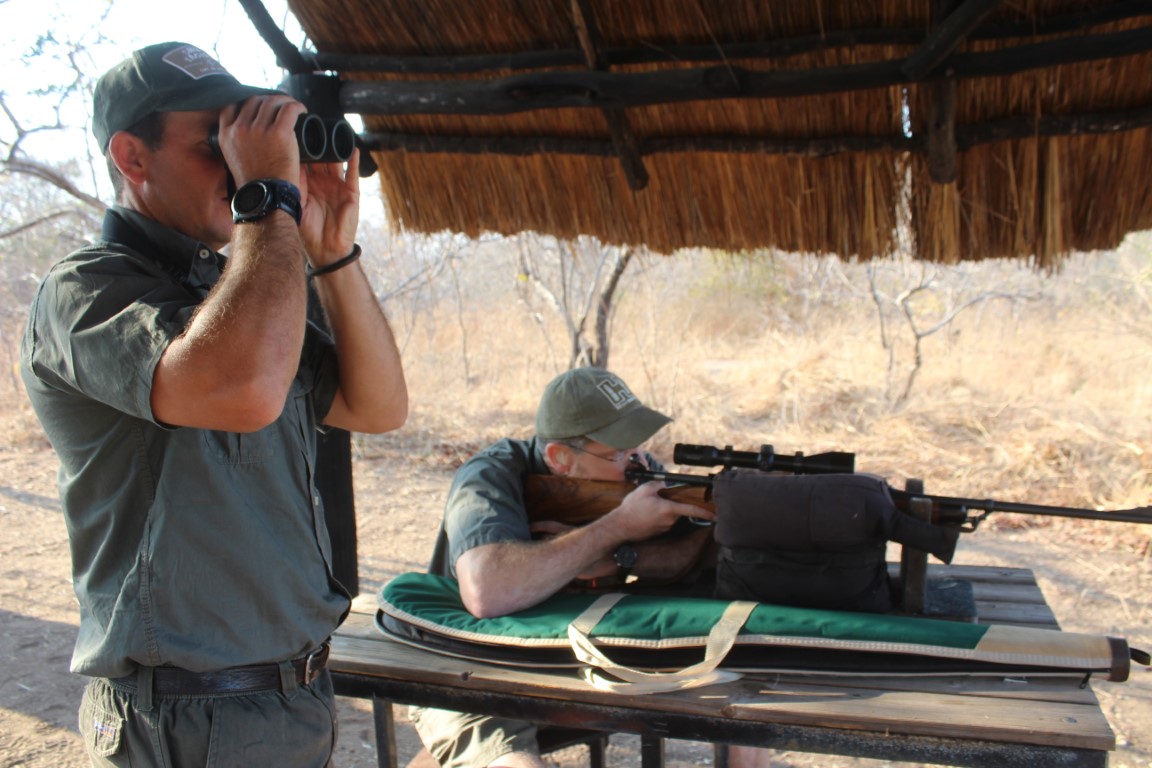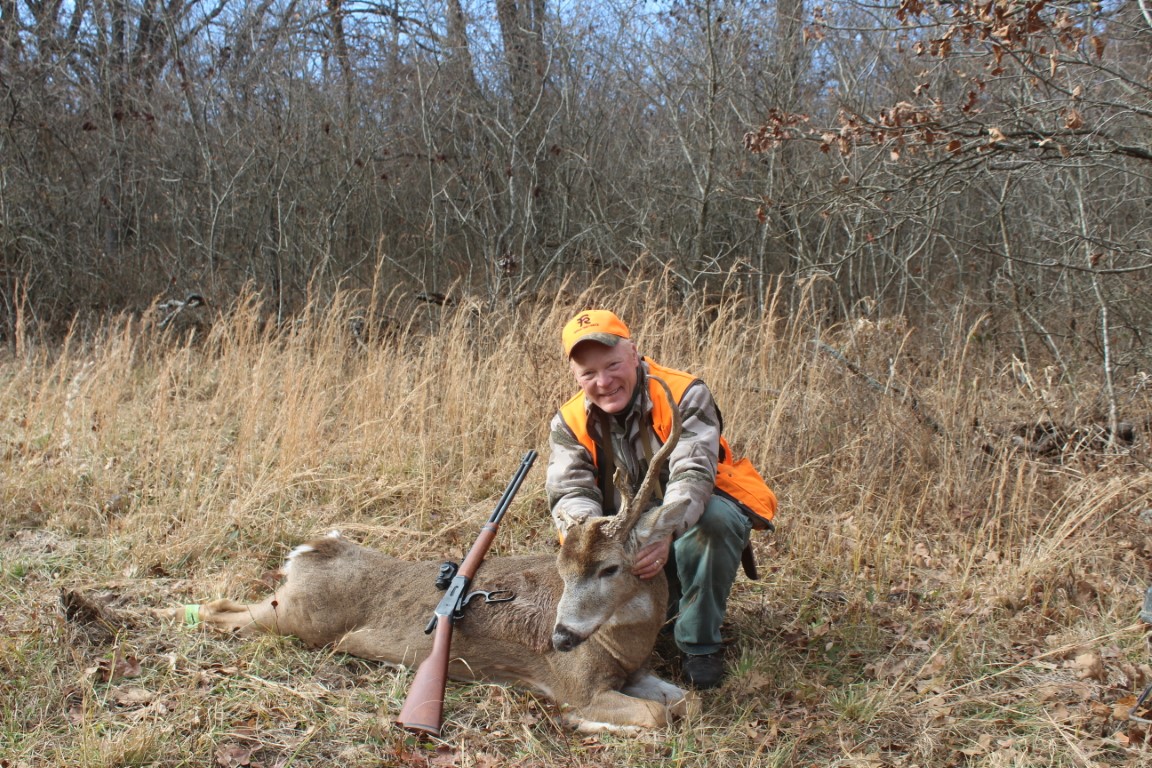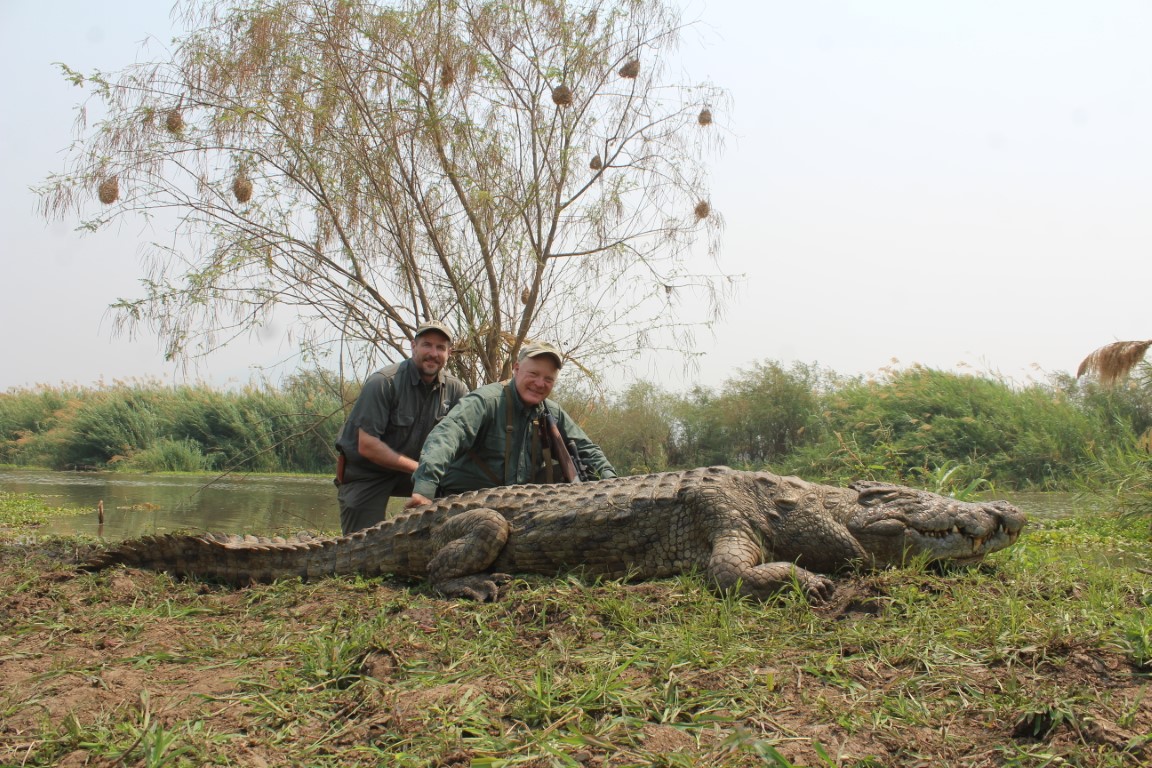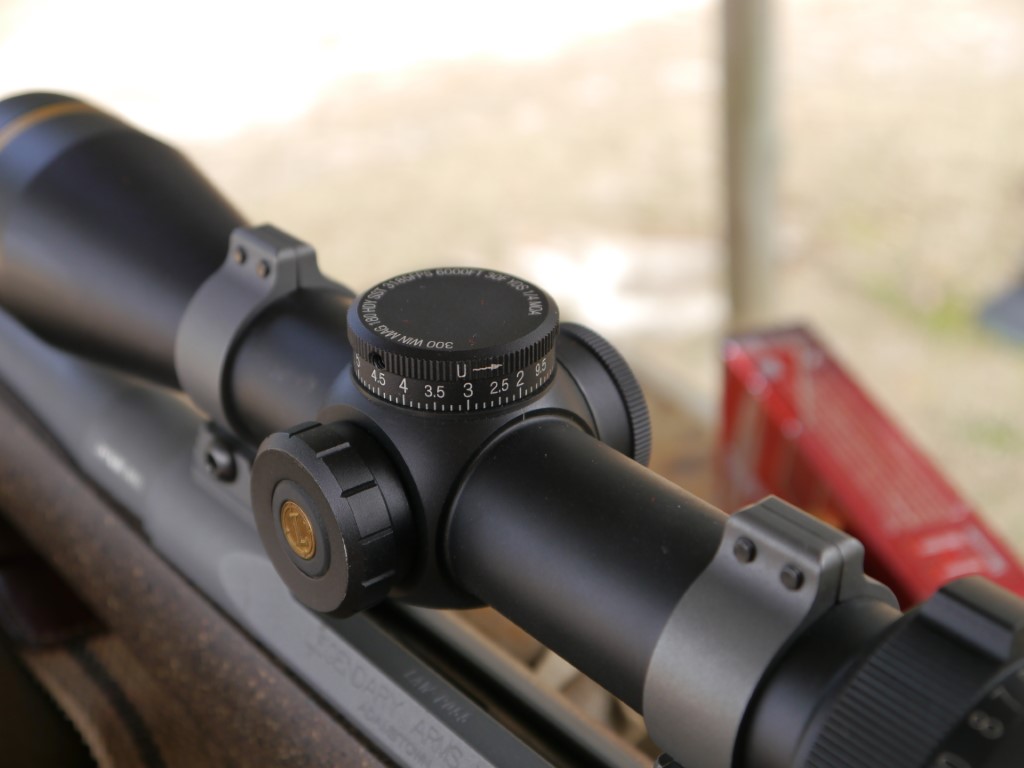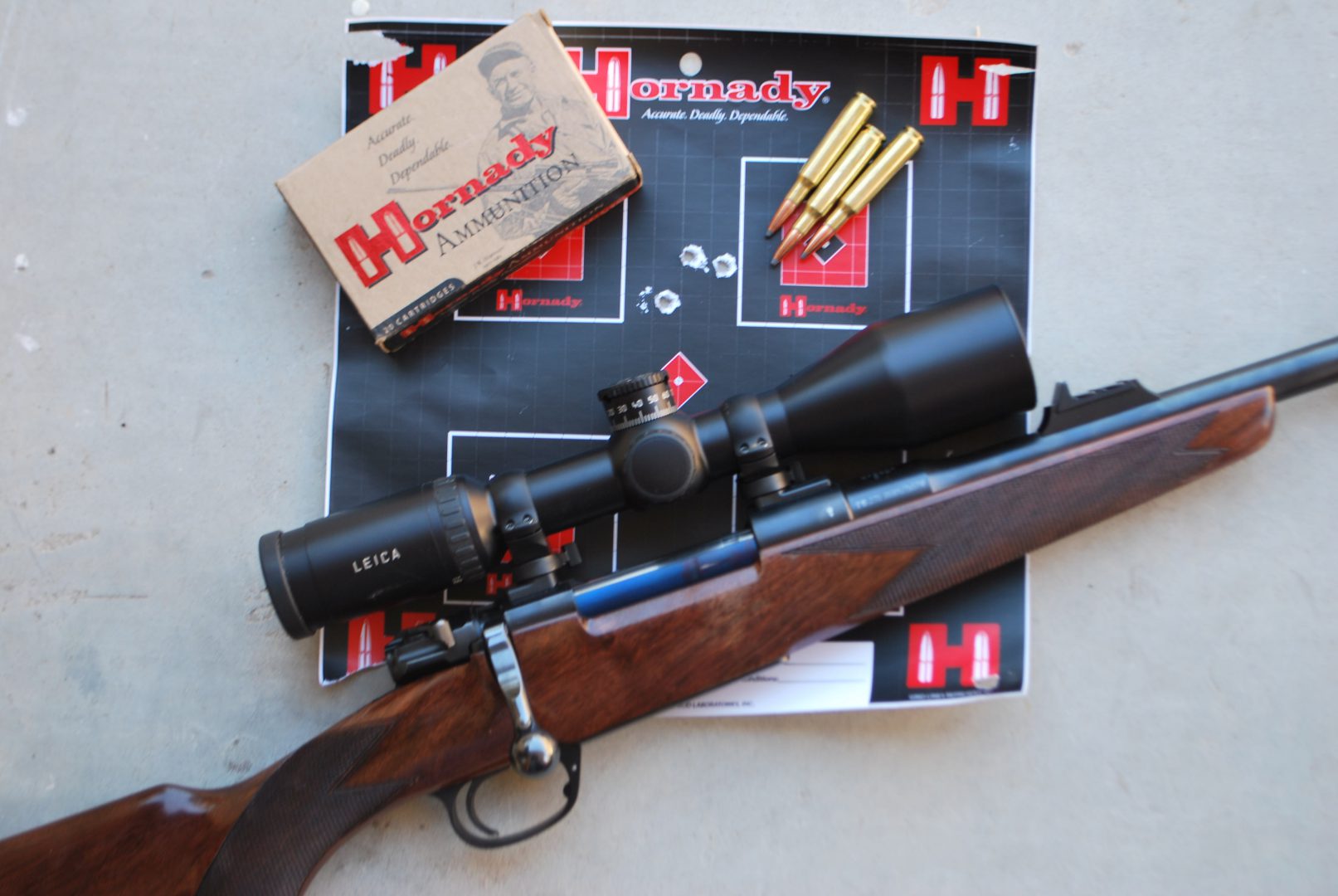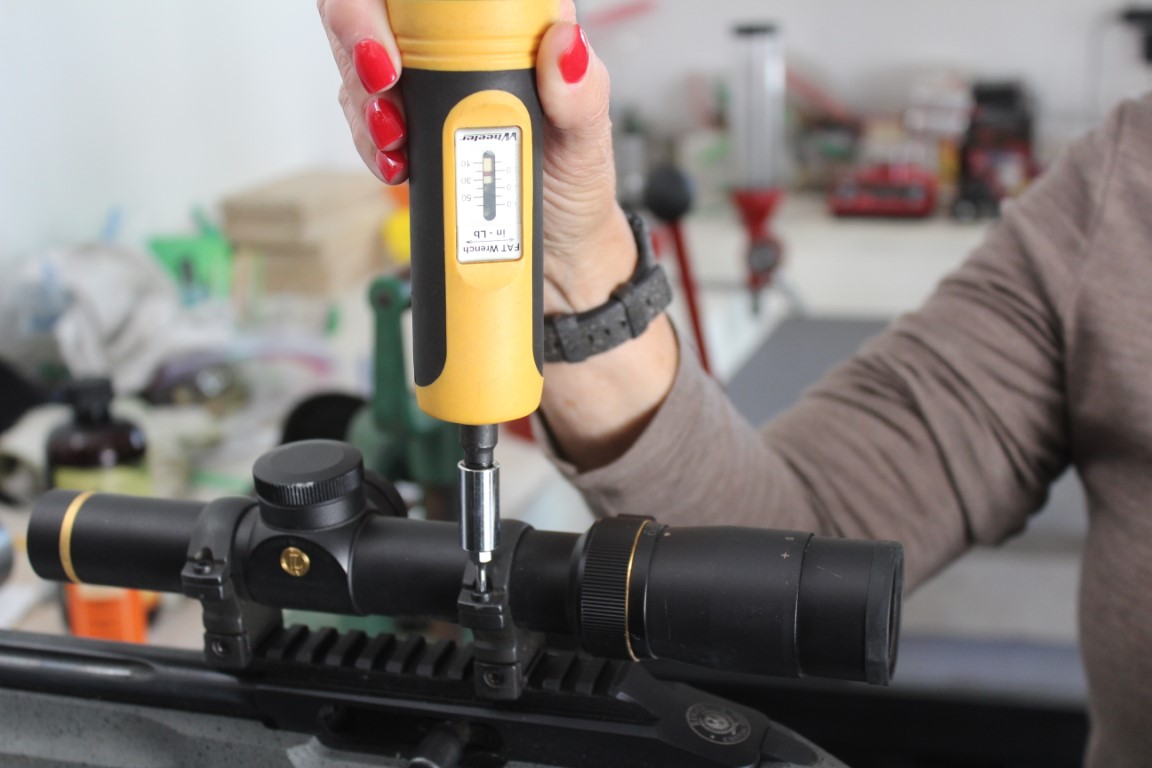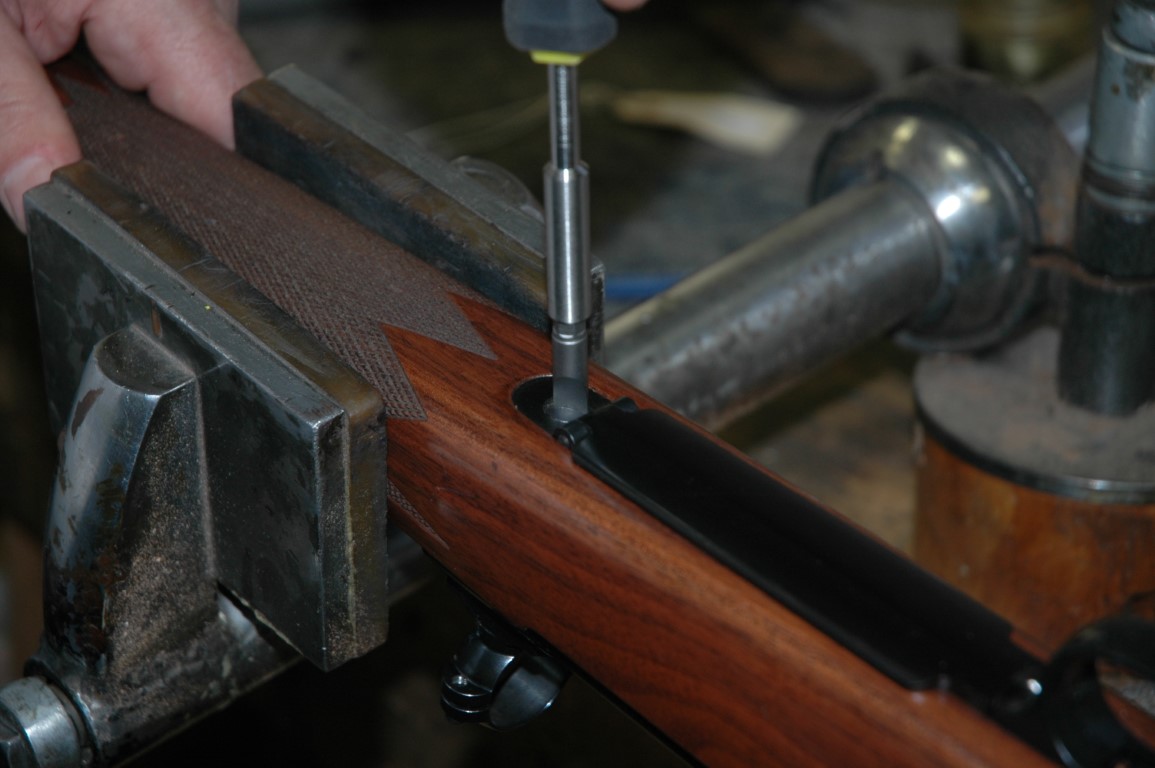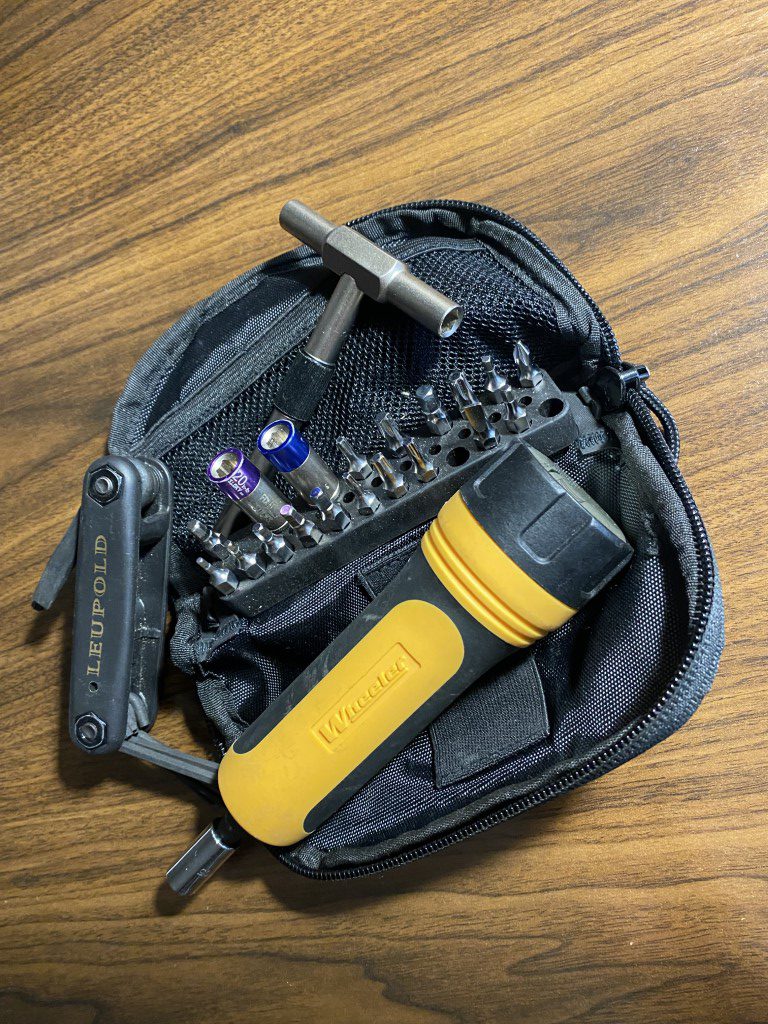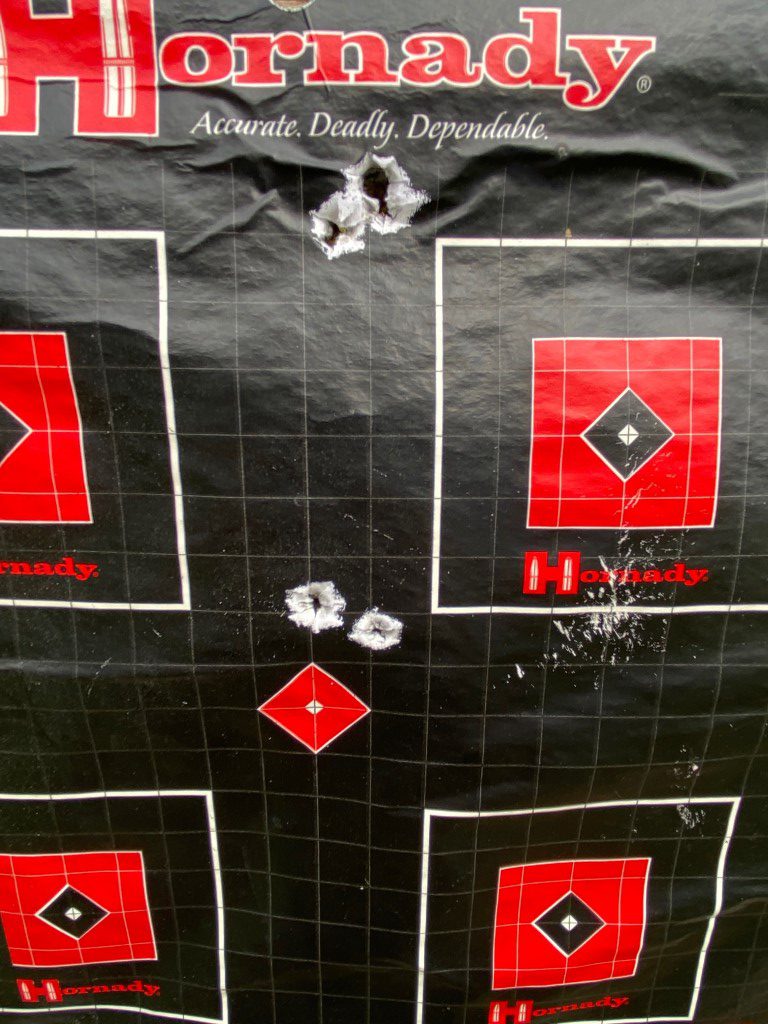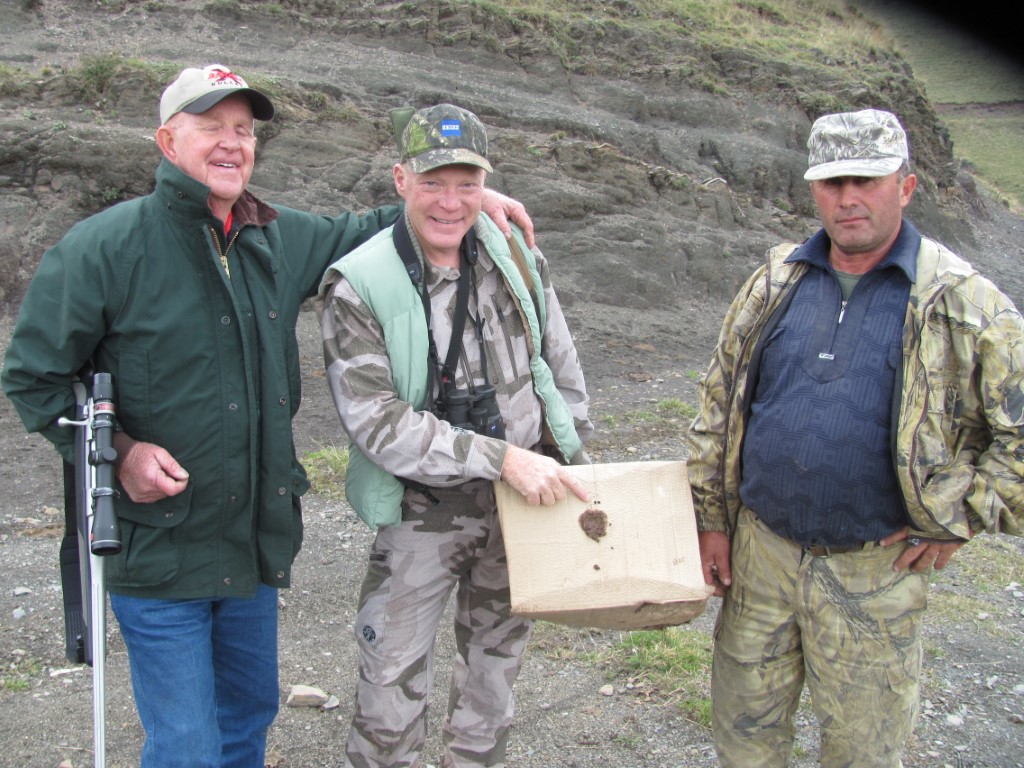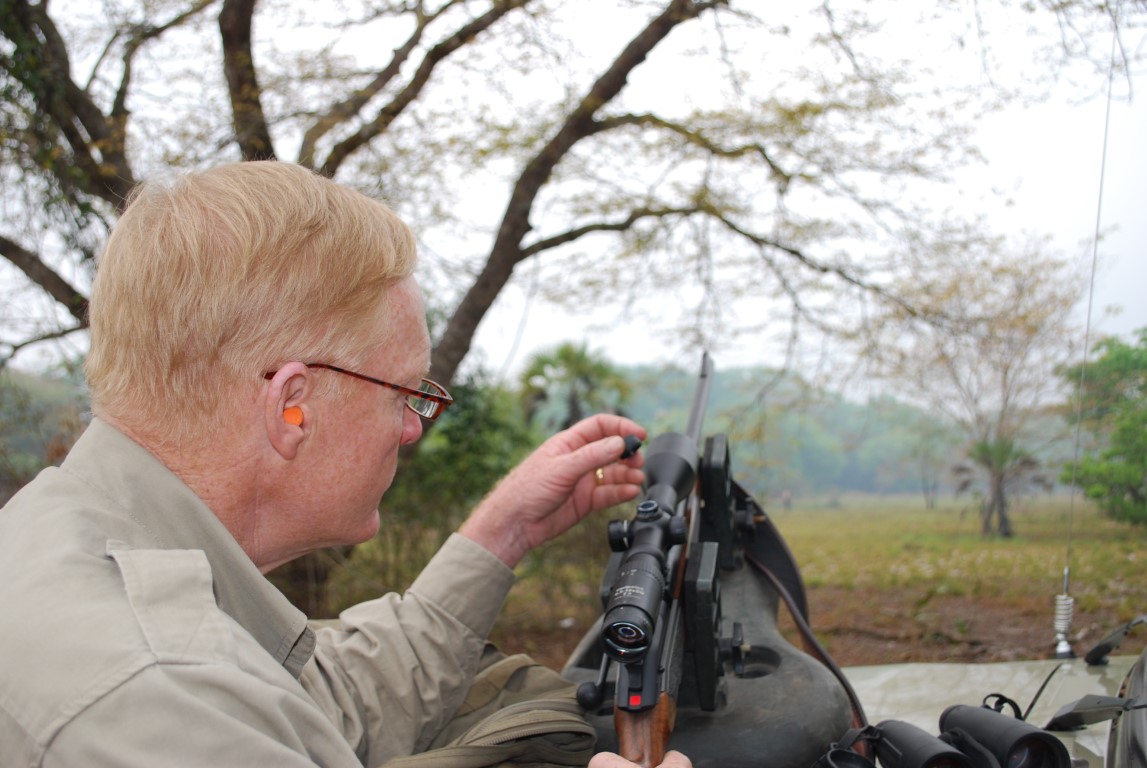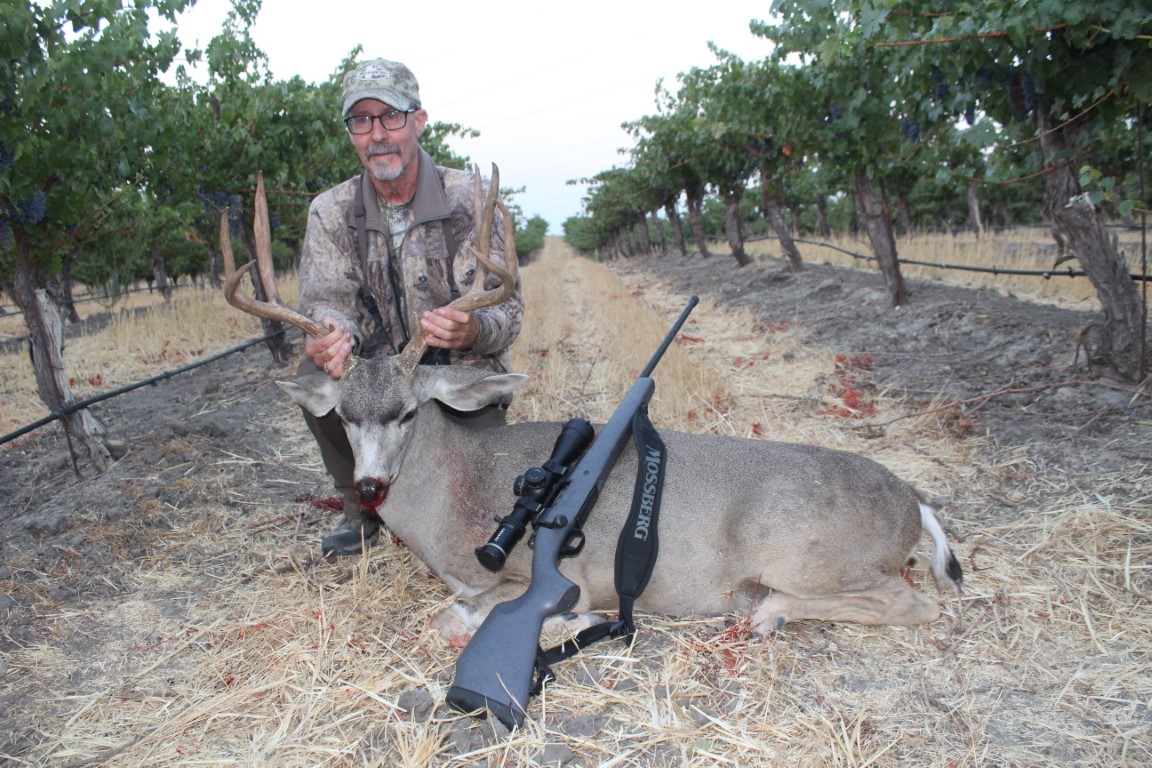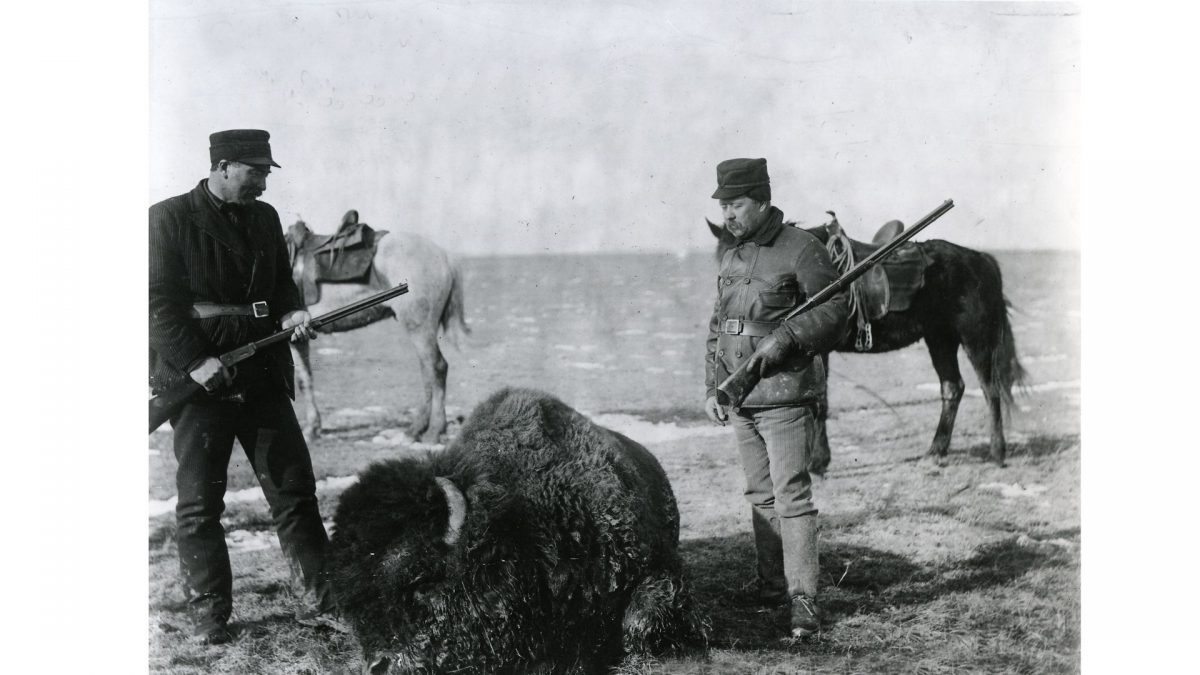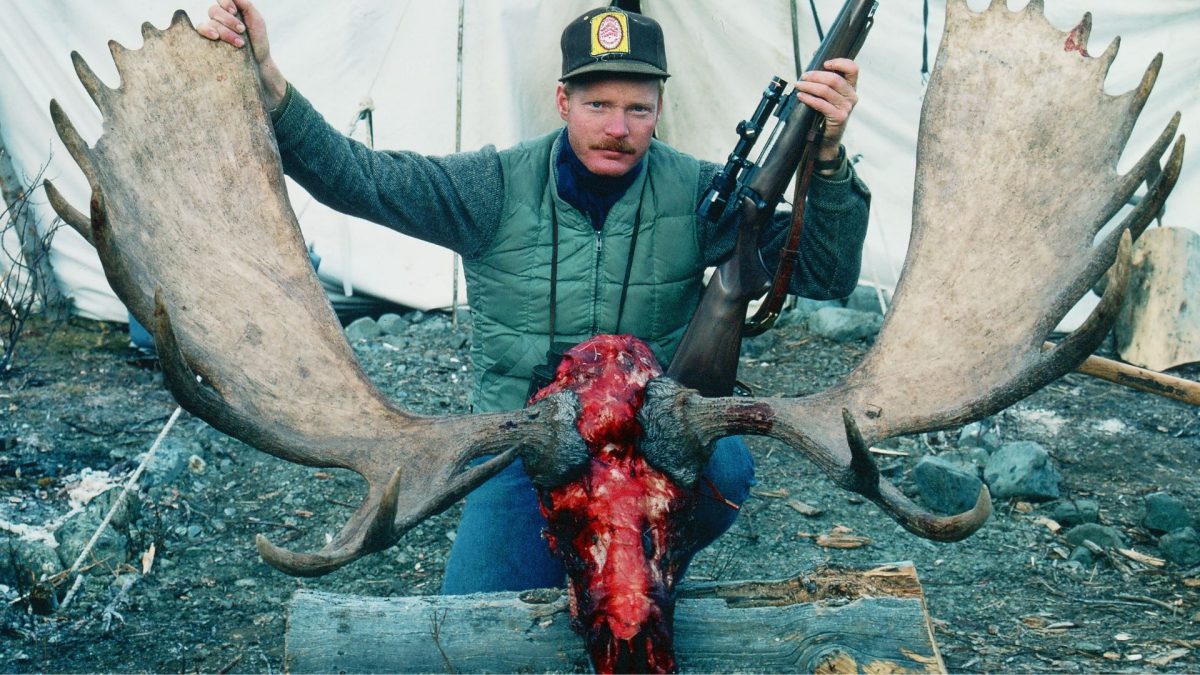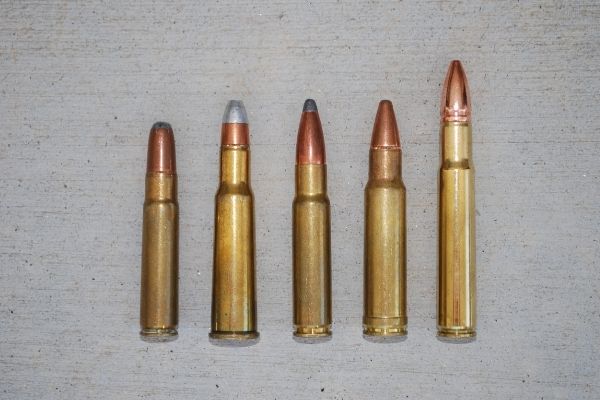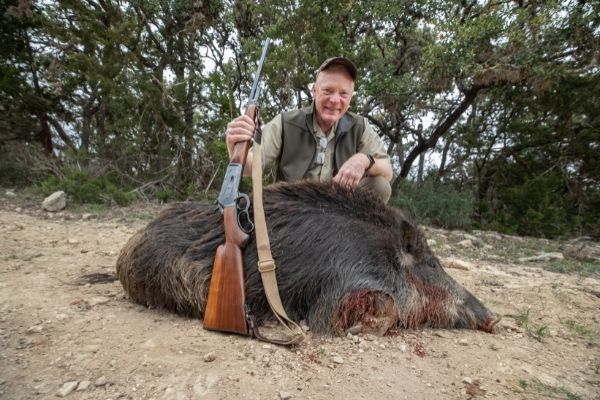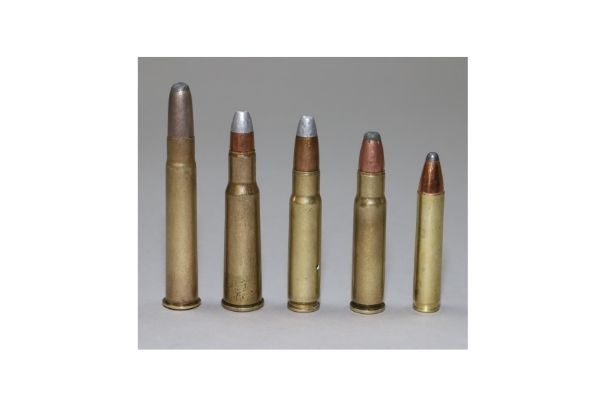By
Craig Boddington
So, you want your rifle to deliver teeny, tiny groups? Sure, and people in hell want ice. The search for exceptional accuracy can be exhaustive and costly, so let’s start with one question and one reality. Question: How much accuracy do you really need? Reality: Any given rifle has a finite level of accuracy it can deliver.
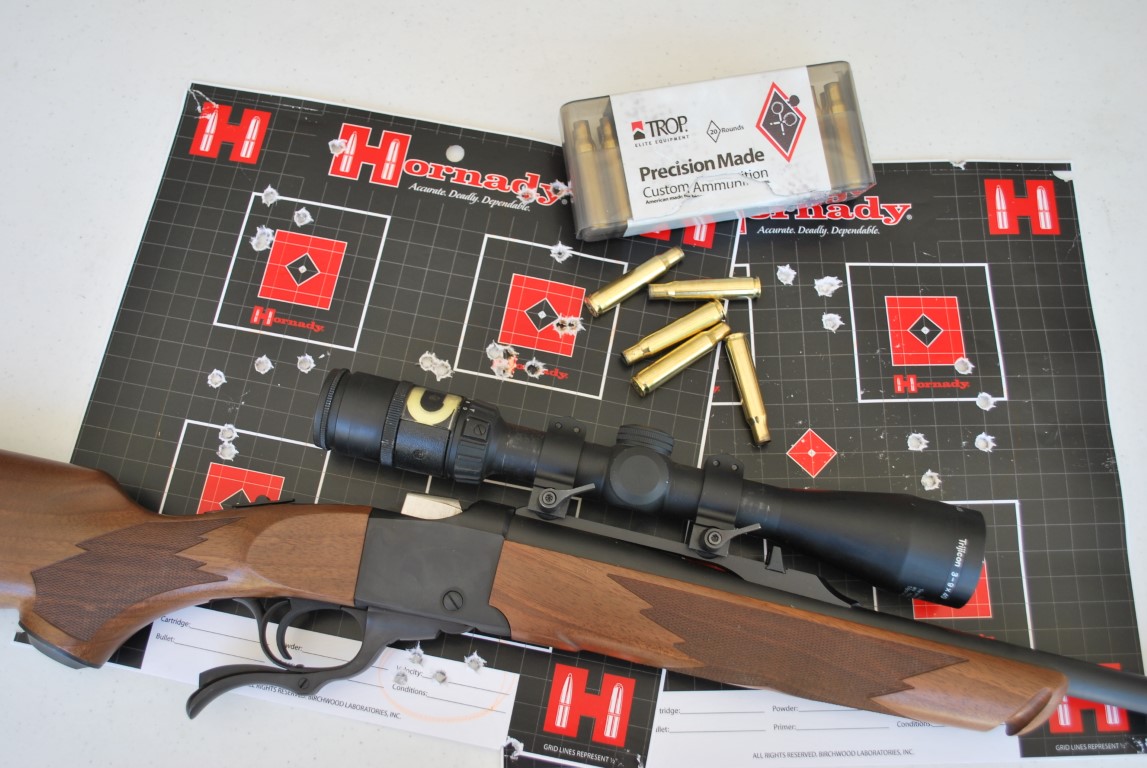
Colonel Townsend Whelen (1877-1961) wrote: “Only Accurate Rifles Are Interesting.” Warren Page (1909-1967), authored The Accurate Rifle. Like most gunwriters of the previous generation, both were accomplished competitive rifle shooters. They understood rifle accuracy, and both had much to do with the fixation American shooters have for raw rifle accuracy, whether needed or not. In their time, exceptionally accurate rifles existed, but were less common than today, the exception rather than the rule.
Today, we take for granted that every new rifle on the dealer’s rack will deliver those teeny, tiny groups right out of the box. This is more likely than ever before, and at less cost than ever before. But not all rifles will do it. Even if they will, not all shooters have the skill and technique to produce the best groups their rifles are capable of. And we don’t always care; it depends on our purpose.
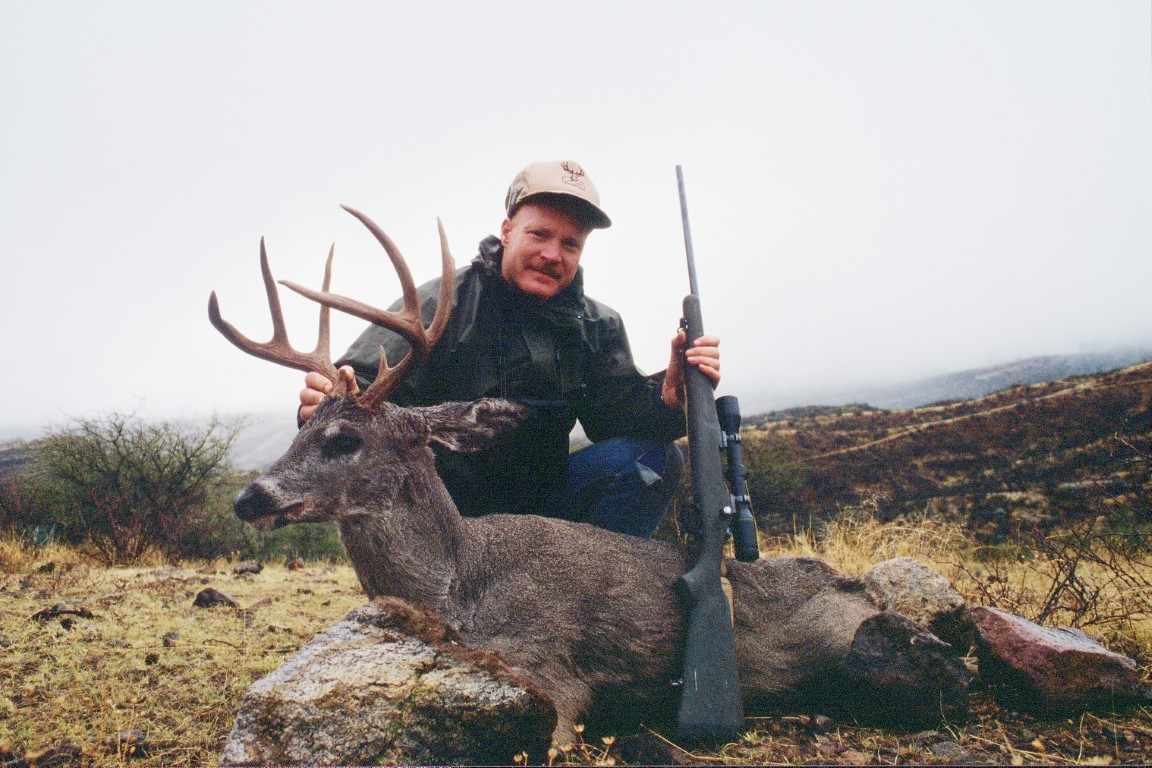
HOW MUCH ACCURACY?
Most rifles deliver more accuracy than is needed! Minute of Angle (MOA) is the most common standard, expressed in terms of inches (or fractions) at 100 yards. At least in theory, a one-inch (one MOA) 100-yard group should naturally expand to two inches at 200 yards, three inches and 300 yards, and so forth on out. Please note: It is far more difficult to shoot a three-inch group at 300 yards than a one-inch group at 100 yards!
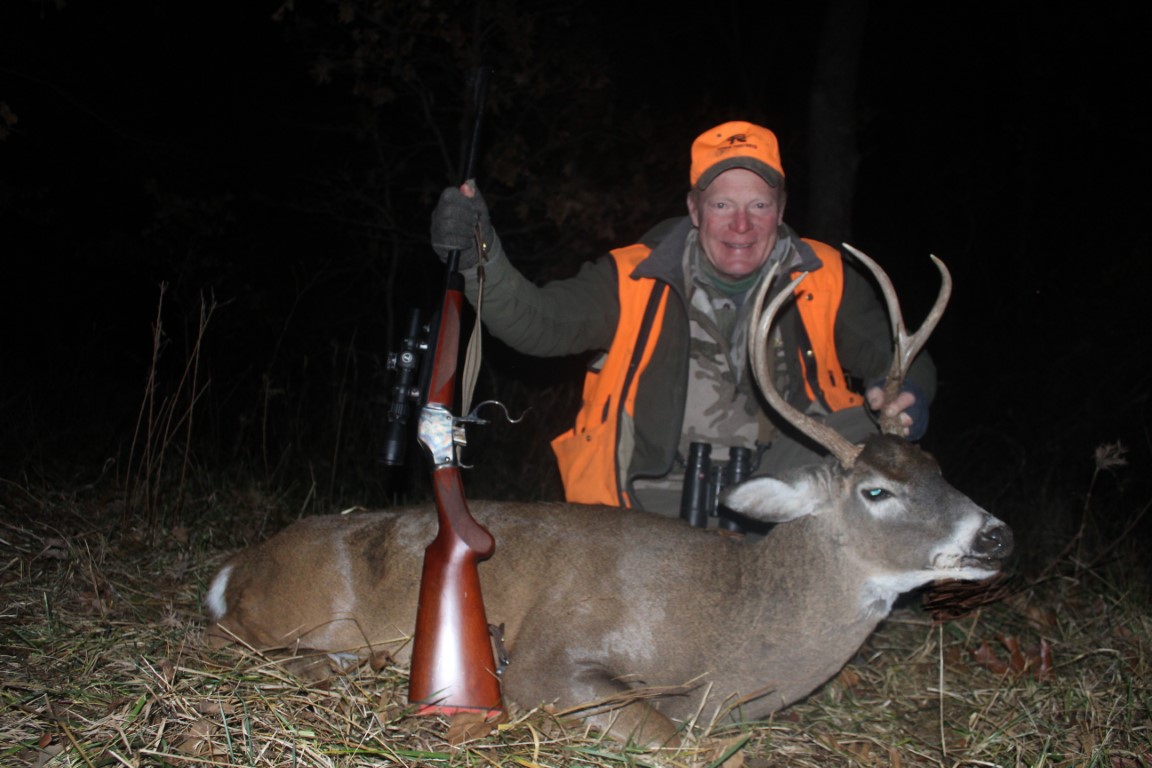
We used to think a one-MOA rifle was very accurate. Still is and, to be honest, that’s more accuracy than I really need for most of my hunting. This week, I’m hunting whitetails on my son-in-law’s Texas property, using a 1950s Savage 99 in .300 Savage. Some days it will do better, but it’s really a two-MOA rifle. Some Savage 99s do better, but that’s typical “good” accuracy for any vintage lever-action, and plenty adequate for the shots I might take here, in thick oaks and mesquite. Last night, I shot a “management” eight-pointer at less than 40 yards, not a problem that the rifle wasn’t super-accurate by today’s standards.
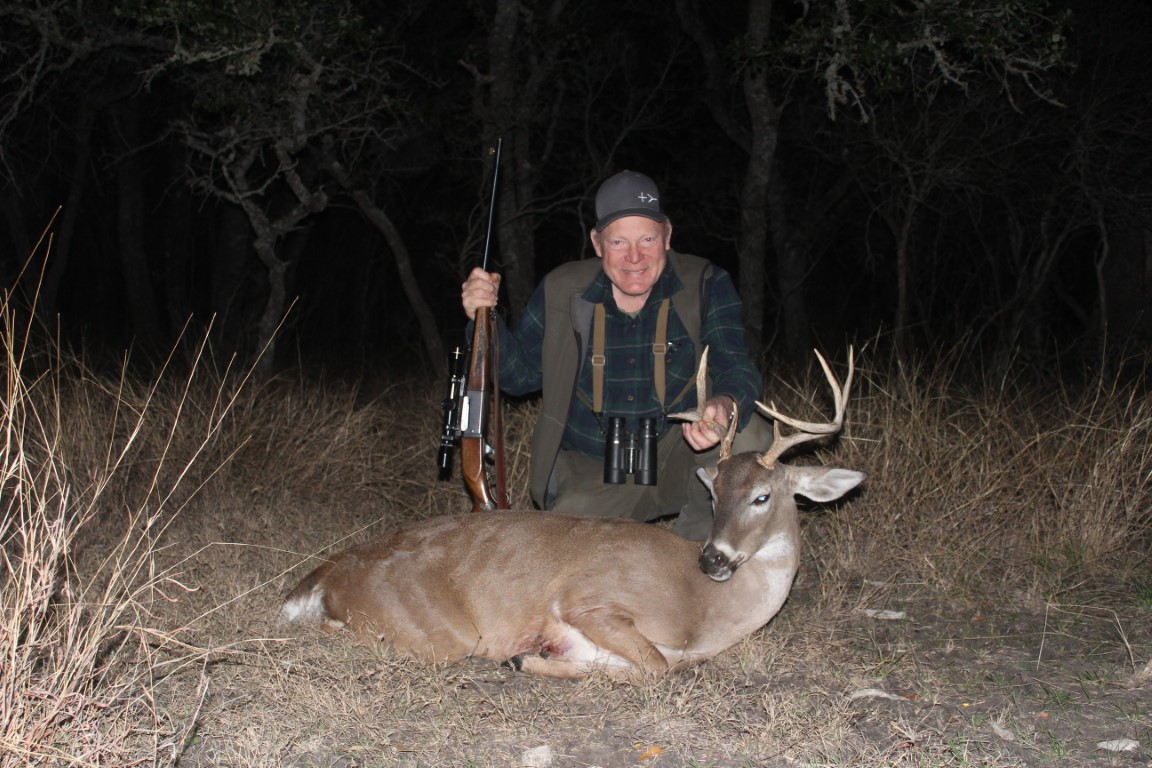
My Kansas country is quite different, thick oak ridges but, similarly, none of our stands offer potential for long shots. All through the ’21 Kansas rifle season I carried Uberti’s Courteney Stalking Rifle, new rifle on the old 1885 Browning falling-block action. In .303 British, it was also producing two-inch groups. I wouldn’t take either rifle sheep hunting, but both are adequate for my whitetail hunting (and hogs, black bear, and so forth).
Sometimes, I want more. Years ago, for a TV show, I went sheep hunting with an advertiser’s rifle that was a two-inch gun. Got the job done, but I was nervous. For mountain hunting, I want at least a one-MOA rifle. Better is nice but, at field distances I’m comfortable with, one MOA is good enough. Honestly, that’s good enough for any of my big-game hunting, but some shooters want more.
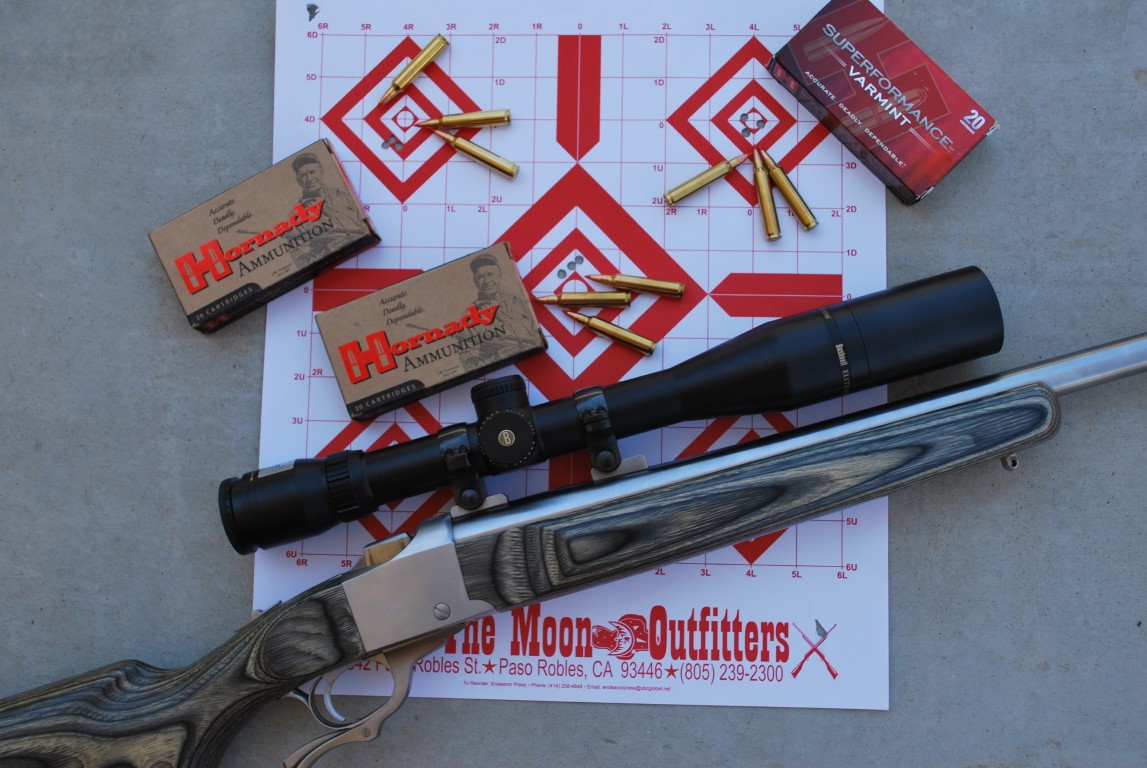
Sometimes I demand less. Most scoped .375s and .416s are at least 1.5 MOA rifles (some much better), but double rifles are rarely that accurate. With open sights, I can’t resolve the front sight well enough to know how accurate the rifle might be. Nor do I care, provided it’s good enough for short-range use.
Some shooters demand…and need much more. Whether for game or target, extreme-range shooters need all the accuracy they can get. Most competitive shooters want more, but it depends on the game. Cowboy Action is not raw-accuracy centric, while Benchrest competition is the most demanding of all. Much of our improvement in rifle accuracy have come from the benchrest community…who define just how small “teeny, tiny groups” really are! Varmint hunters need more accuracy than most deer hunters. Considering size of target and distance, for prairie dog shooting I want all the accuracy I can get. I figure consistent half-MOA groups are minimal, half that if I can get it!
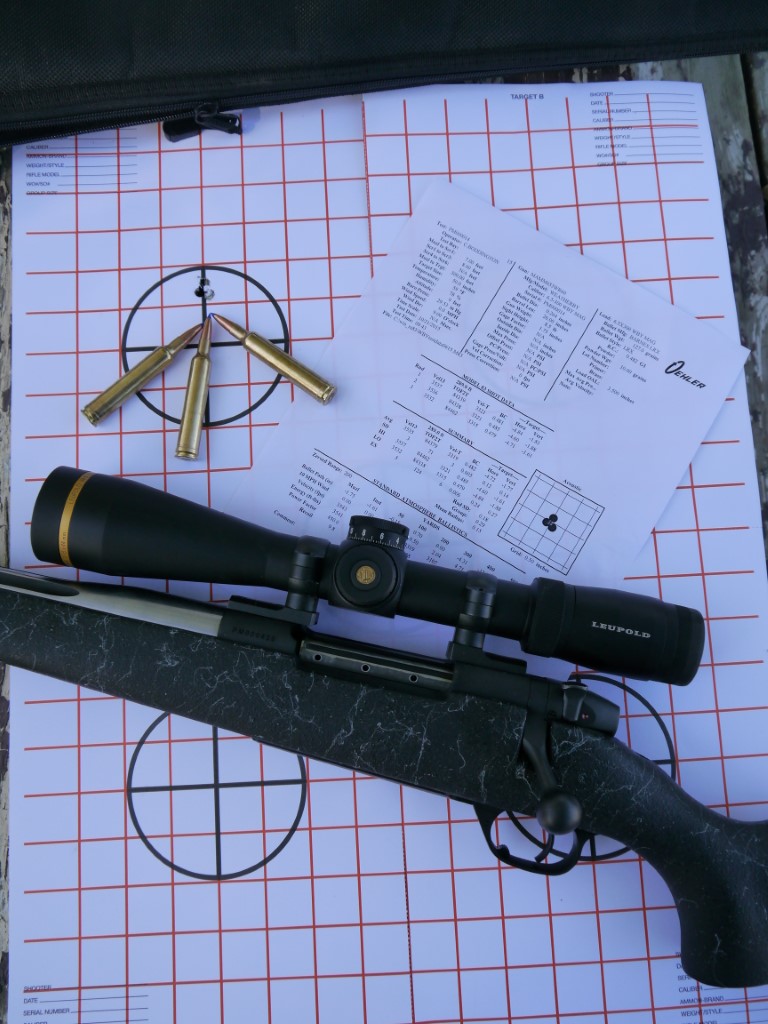
WHAT CAN YOUR RIFLE DELIVER?
These days, we go on and on about today’s great optics, better ammo, and more accurate rifles. All true, but not all rifles can deliver sub-MOA groups. Most that can will do it with some loads, not with others. If a rifle exists that will print one-hole clusters, all shots touching, with every load you might feed it, I want to see such a wonder! More on ammo later, but it seems to me the primary and most basic ingredient to rifle accuracy is a good barrel. Concentric action/barrel mating, sound bedding, and consistent ammo are also essential. We talk about the advantages of heavy, rigid actions. We also wax eloquent about the amazing accuracy of modern cartridge design with short, fat cases. Rigid actions and case design contribute but, without a straight, well-cut, precisely-chambered barrel, you’re done before you start.
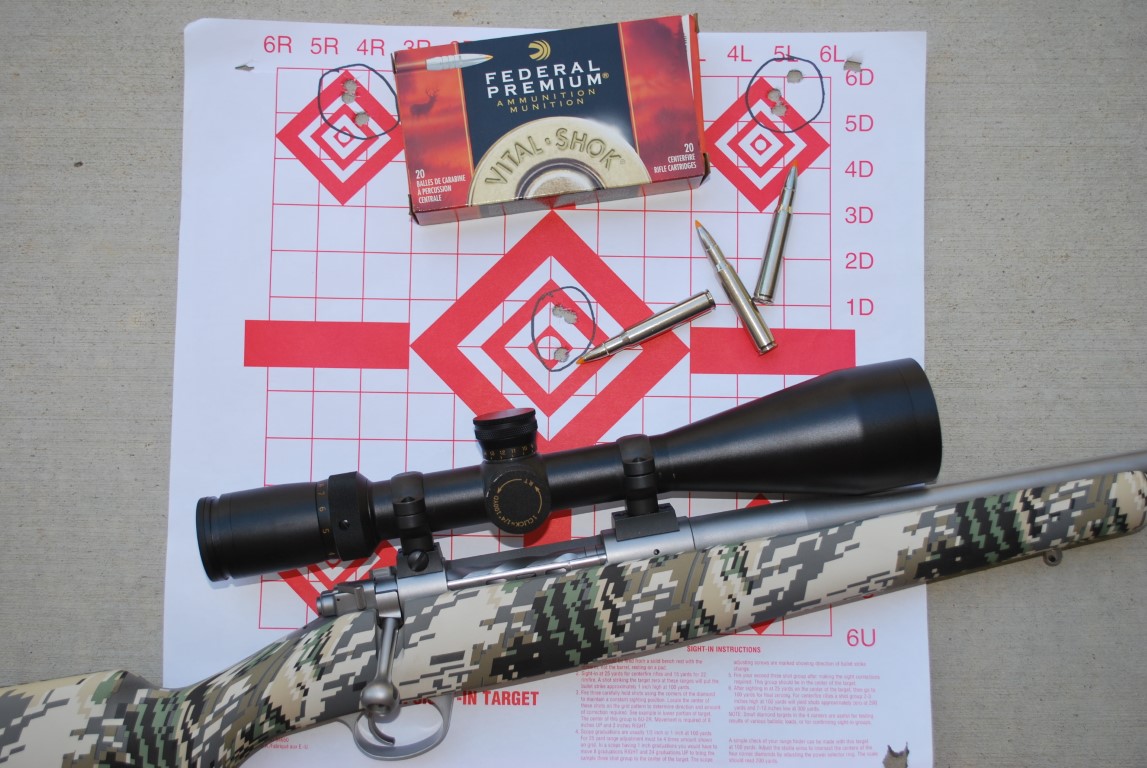
Thanks to modern manufacturing, average barrels are better than ever. But some barrels are better than others. If I wanted to build up a super-accurate rifle, I’d start with a match-grade, hand-selected barrel from a top brand. Such a barrel (barrel blank alone) might cost more than a complete basic bolt-action from Mossberg, Ruger, Savage, others. No way the factories can have fifty bucks invested in the all-important barrel. It’s amazing that current production rifles shoot as well as they do, and not surprising that rifles from “known” makers who guarantee accuracy can start about ten times more than perfectly serviceable basic factory guns.
Today’s factory rifles are amazing, but not all will produce MOA accuracy, and there’s some luck involved in getting one out of the box that will cut that in half. Again, any given rifle is only capable of so much accuracy. Miracle cures do happen, but my experience is accuracy gains are incremental, rarely exponential. A rifle that produces two MOA at the start might, with work and some luck, cut that in half—with some loads. It would then produce enough accuracy for most purposes (for most people). But if you’re looking for one-hole groups, you’re unlikely to get there. The search for maximum accuracy should be exhaustive and can be continuous. For instance, you could spend a lifetime and never try all the load combinations. However, I don’t believe in tilting at windmills or hunting for unicorns. At some point, I accept the accuracy I have. If it’s good enough for my purposes (for that rifle), wonderful. If not, time to think about starting over: Rebarreling, or trading for something else.
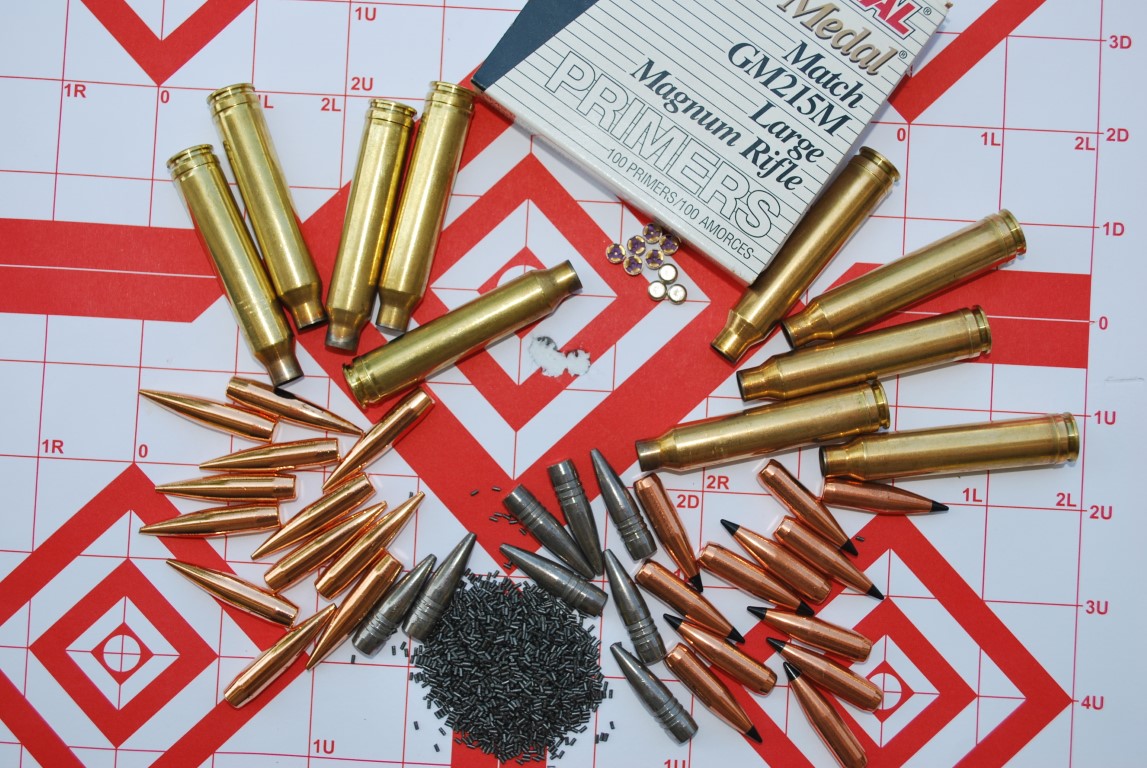
TRY DIFFERENT LOADS
Right now, with all ammunition hard to find and expensive, this is tough. However, the simplest and easiest way to improve accuracy is to keep trying different loads. Based on past experience, I can make predictions likely ammo brands, bullets, and handload recipes. Sometimes I’m right, other times very wrong. There is no predicting what load(s) a given rifle is likely to shoot best. Some bullets are made for accuracy, others for terminal performance, but only your rifle knows what it likes. It can’t tell you until you try! Often, the differences are unknowable variations in barrel harmonics. Some barrels are very finicky, others tractable and forgiving. Sometimes what works best is surprising, but you can’t know until you shoot a few groups.
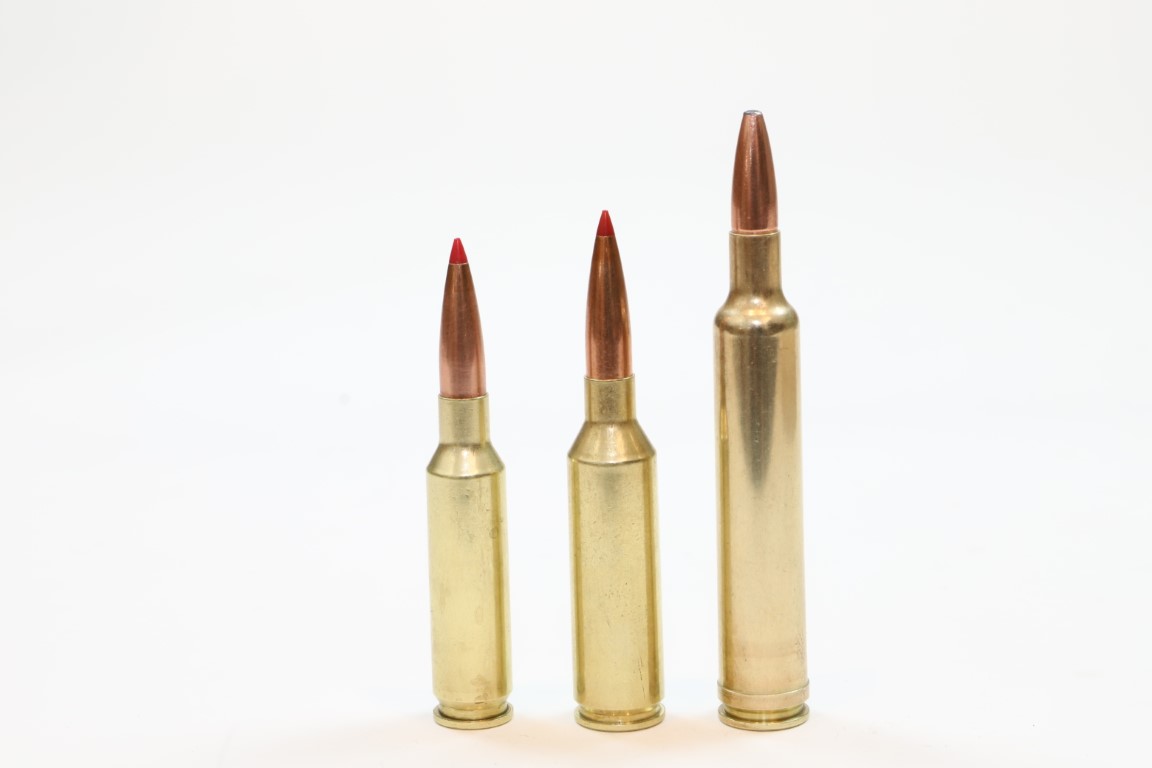
Handloaders have a huge advantage, able to vary bullets, propellants and charge weights, even cases and primers. Users of factory ammo are in a pickle, especially right now. The worst of it, with factory ammo: You try a load, doesn’t shoot well, and then you have half a box of near-useless practice ammo left over!
Sorry, but I can’t help you with this. Supplies are terrible right now, and there’s no way to know until you try. The only good news I can give you: There’s no rush! When you see a brand or bullet you haven’t tried, pick up a box and see what happens. When you find a load that shoots well, note it carefully. In fact, considering today’s prices and irregular availability, measure groups and keep notes!
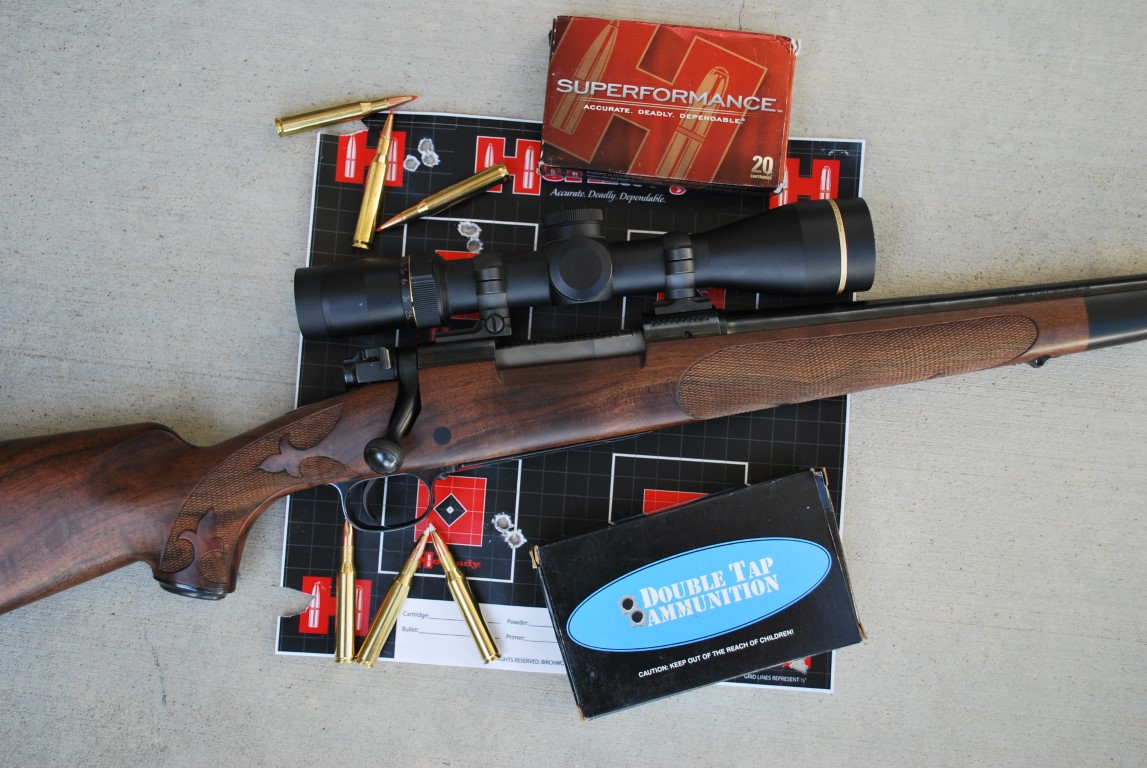
If a rifle doesn’t seem to shoot as well as you think it should, keep trying different loads. I had a .280 that printed shotgun patterns, not groups, with all the (few) factory loads I could find. I tried a “normal” handload recipe with 140-grain AccuBond. Groups shrank from over two inches to below one MOA. This was a rare case of exponential improvement. Don’t count on that, but before you give up, there are tricks you can try. I’ll save them for next month!

